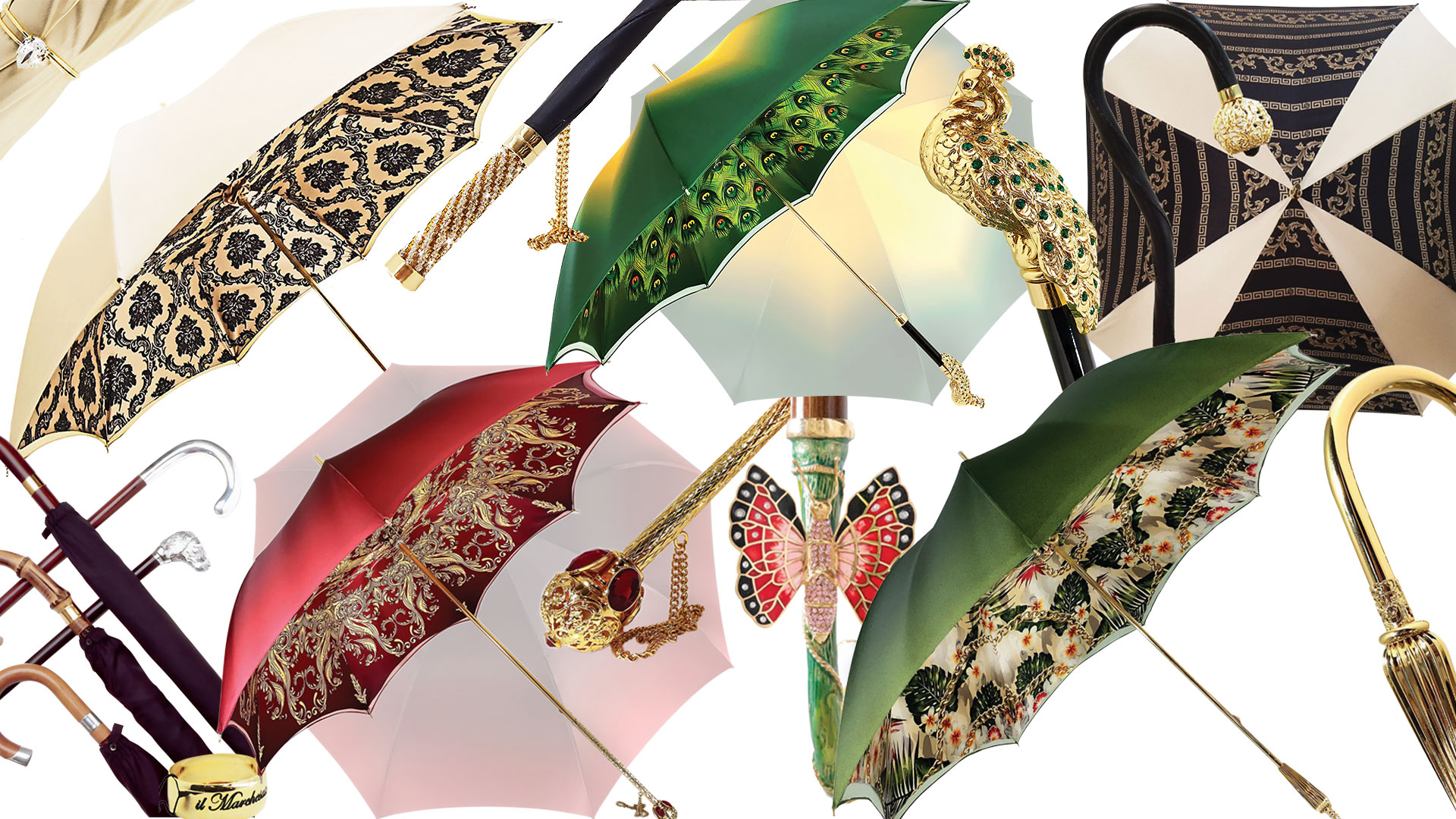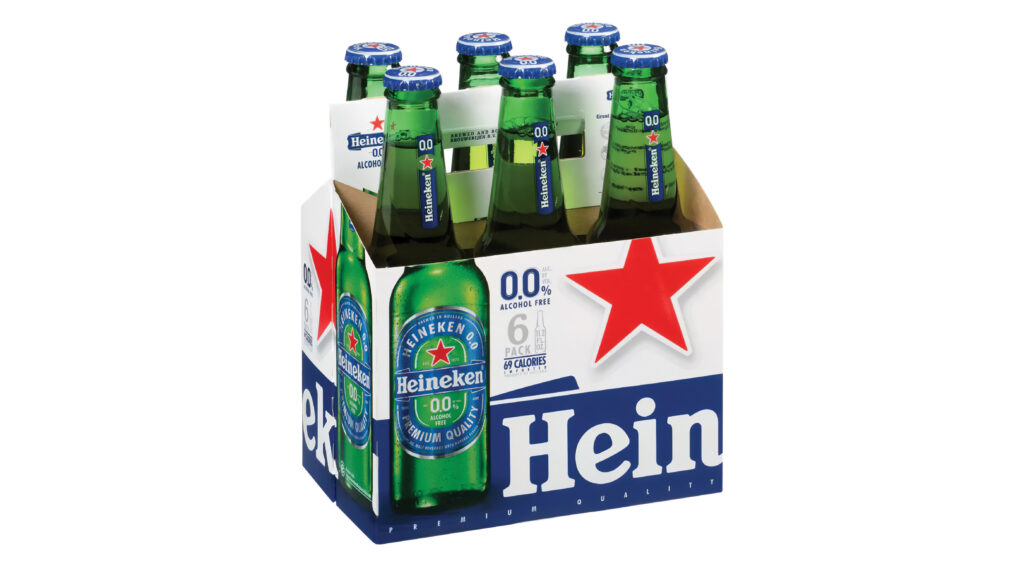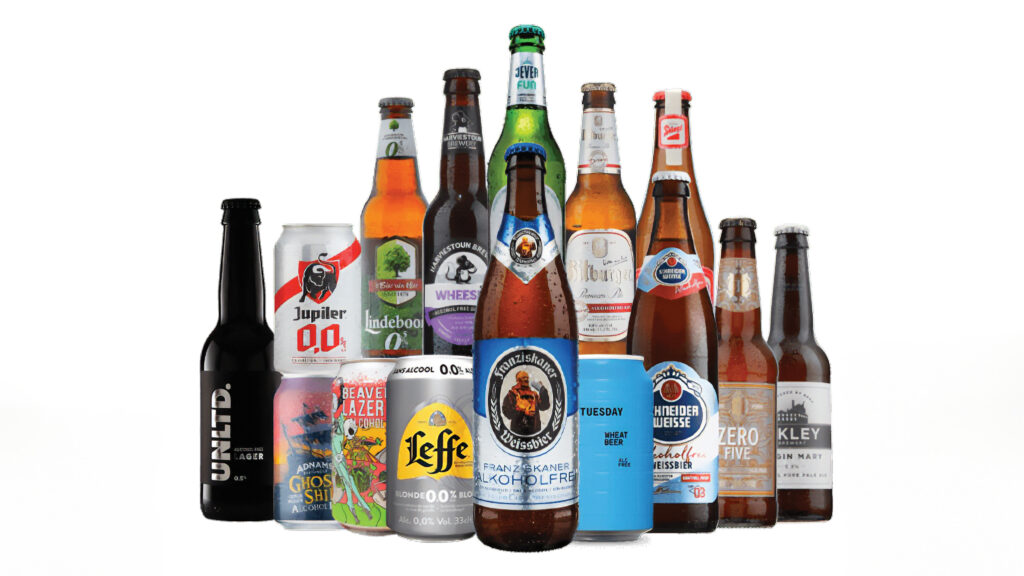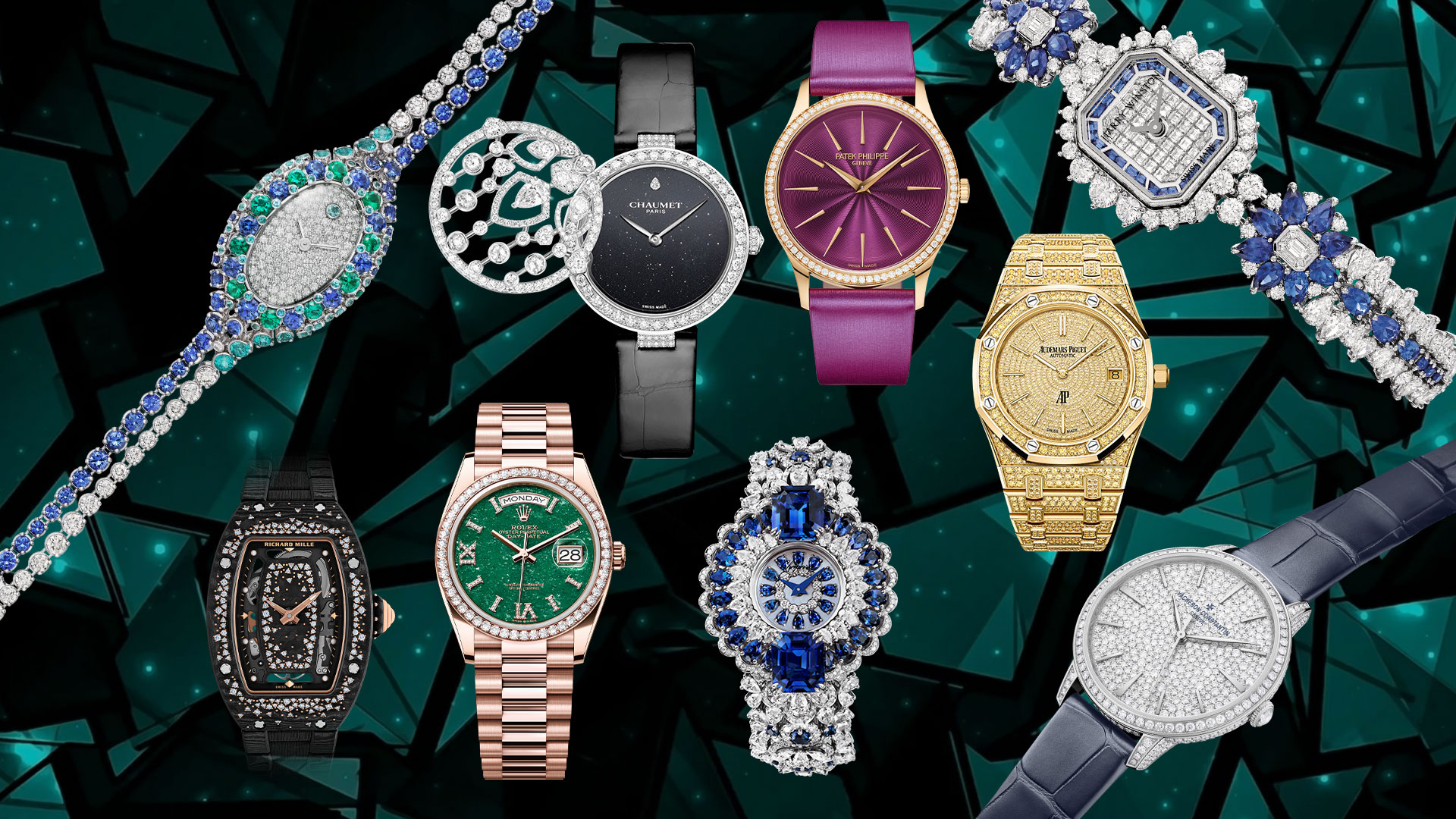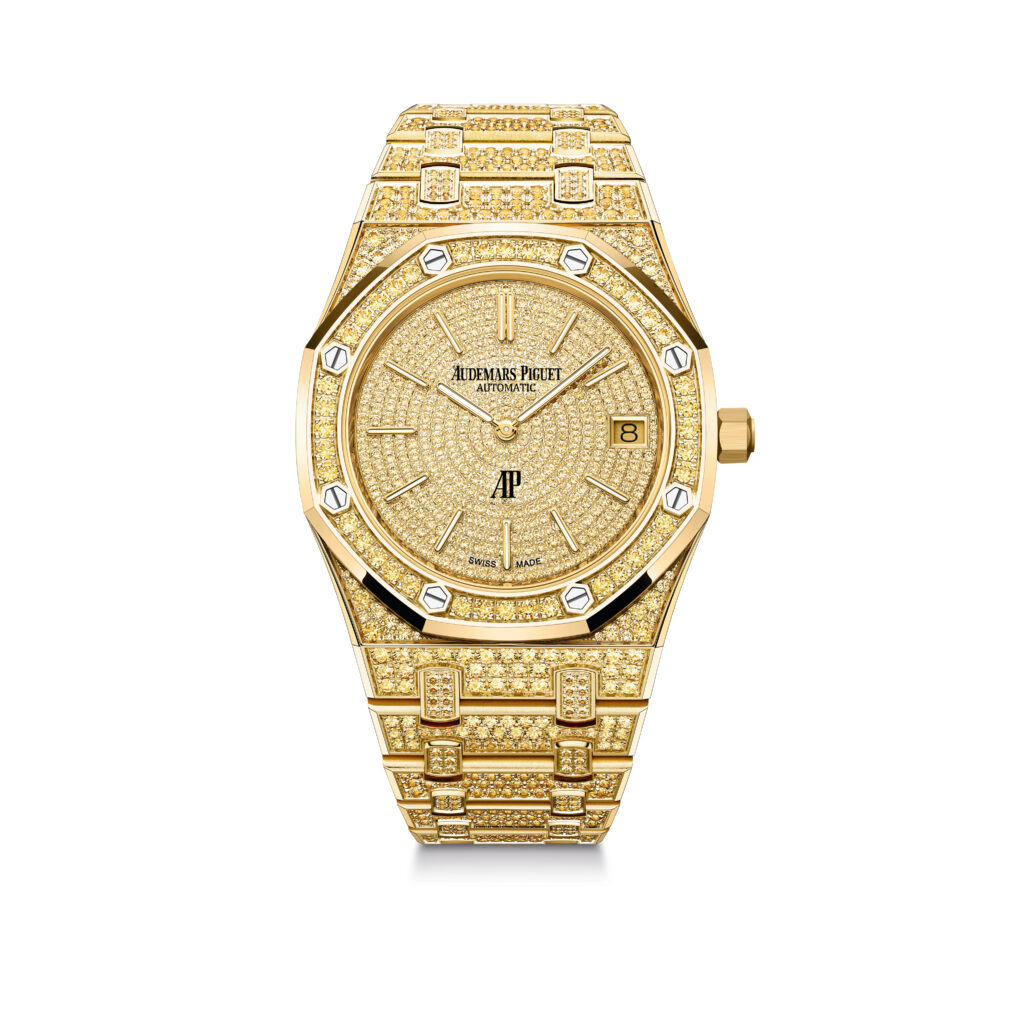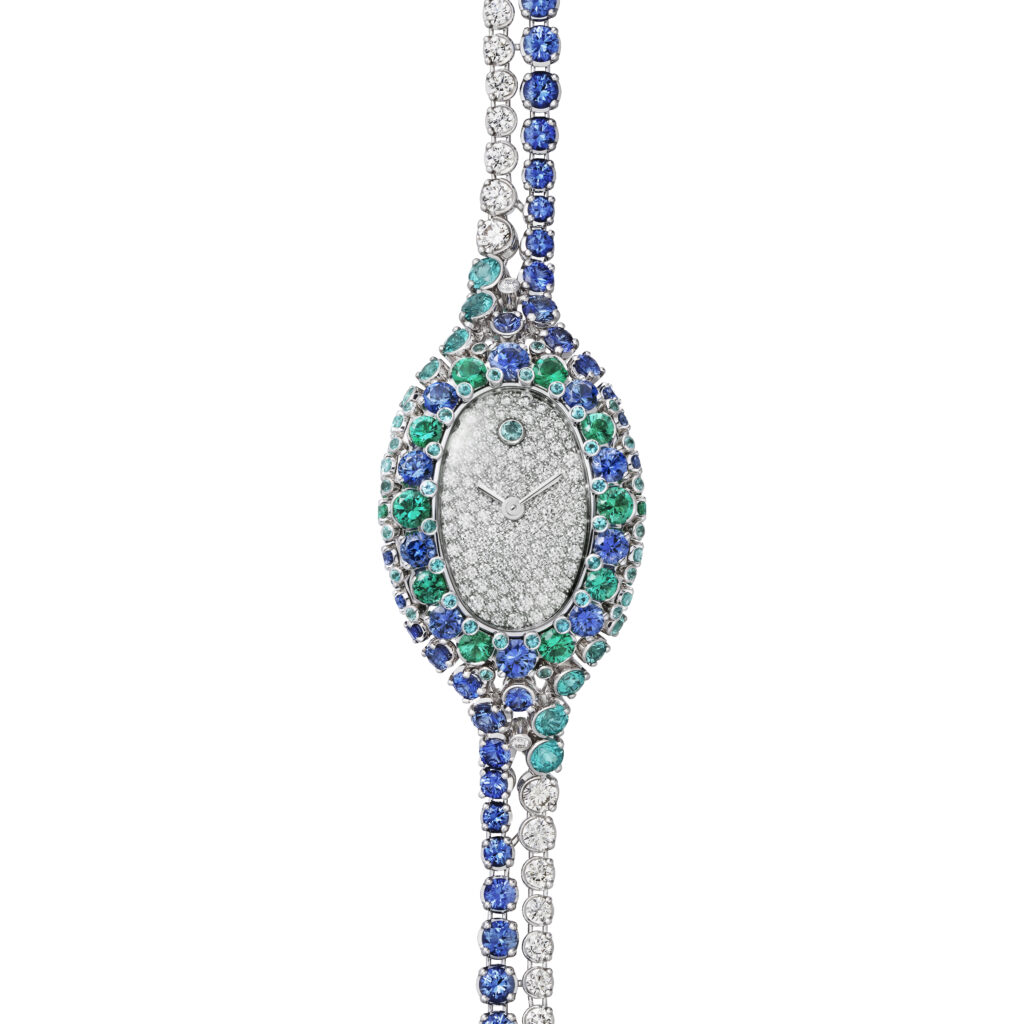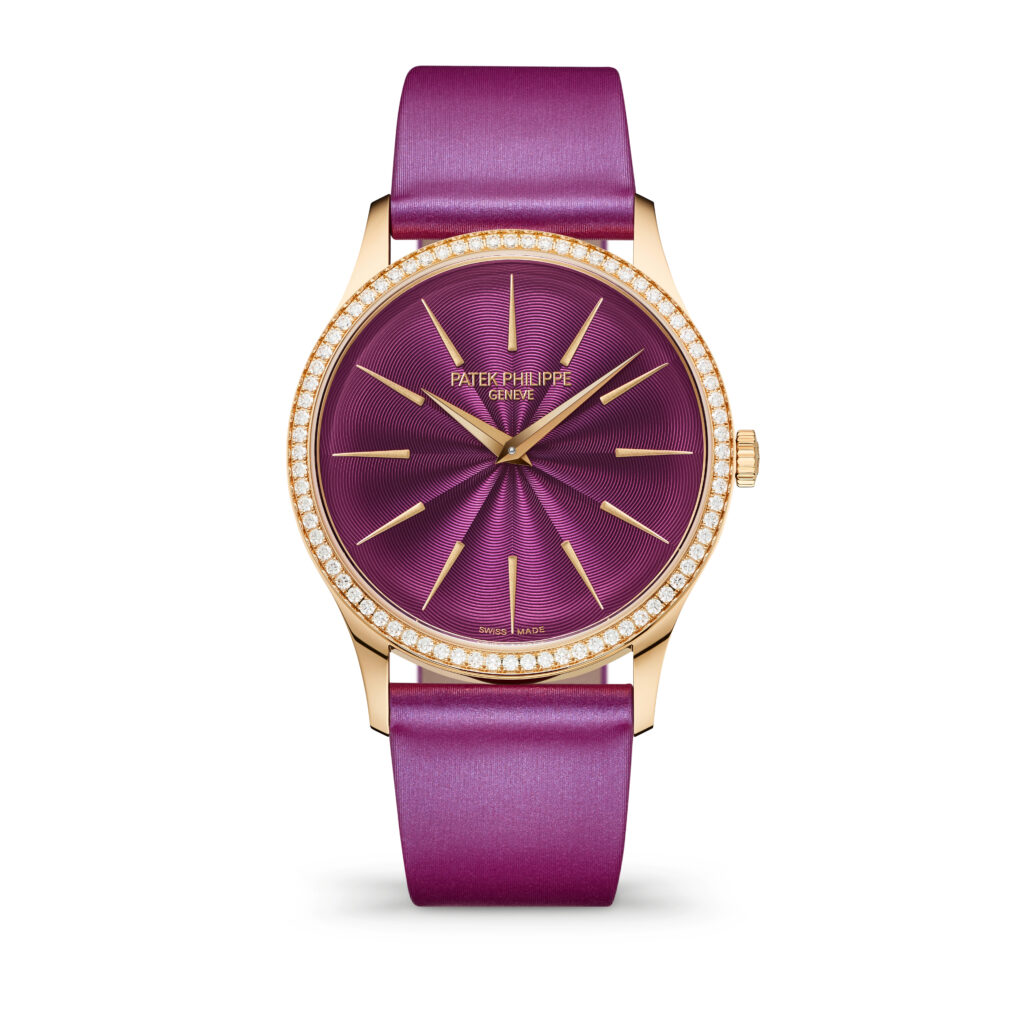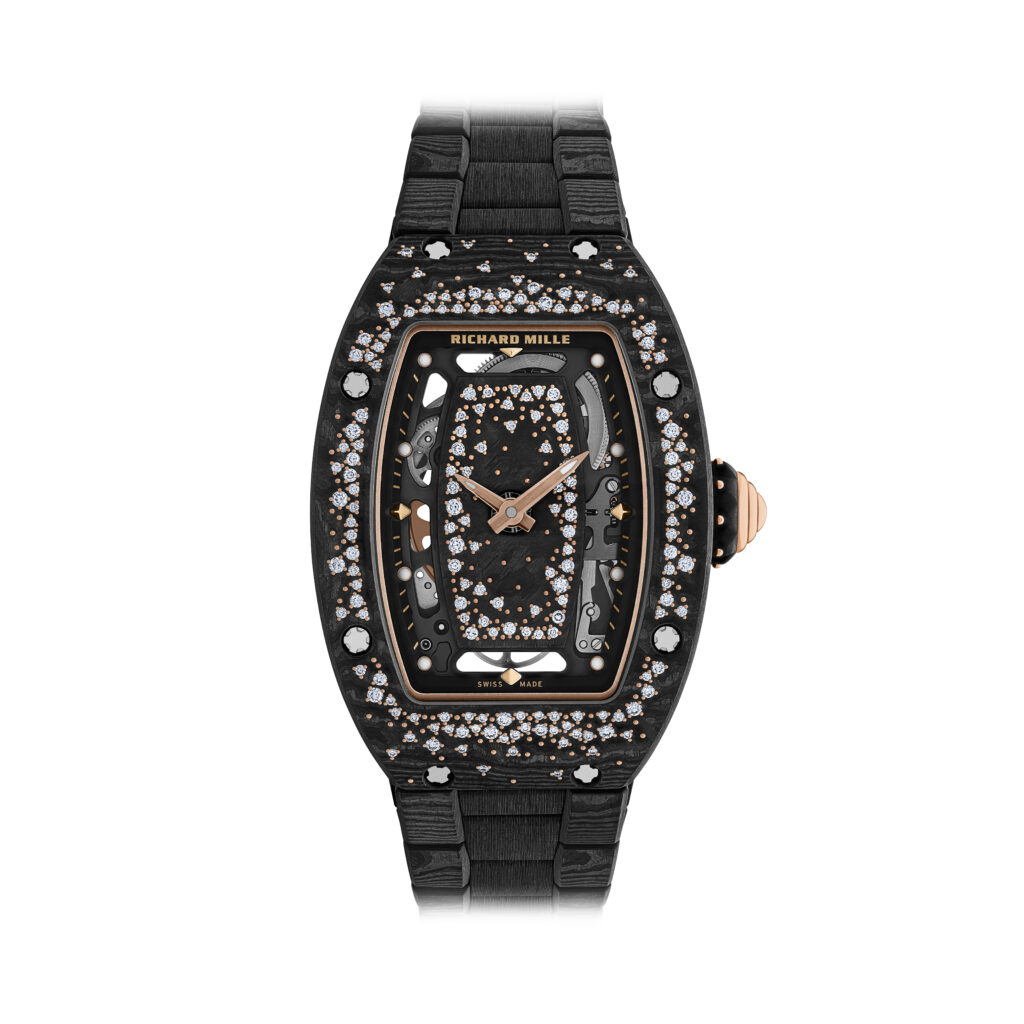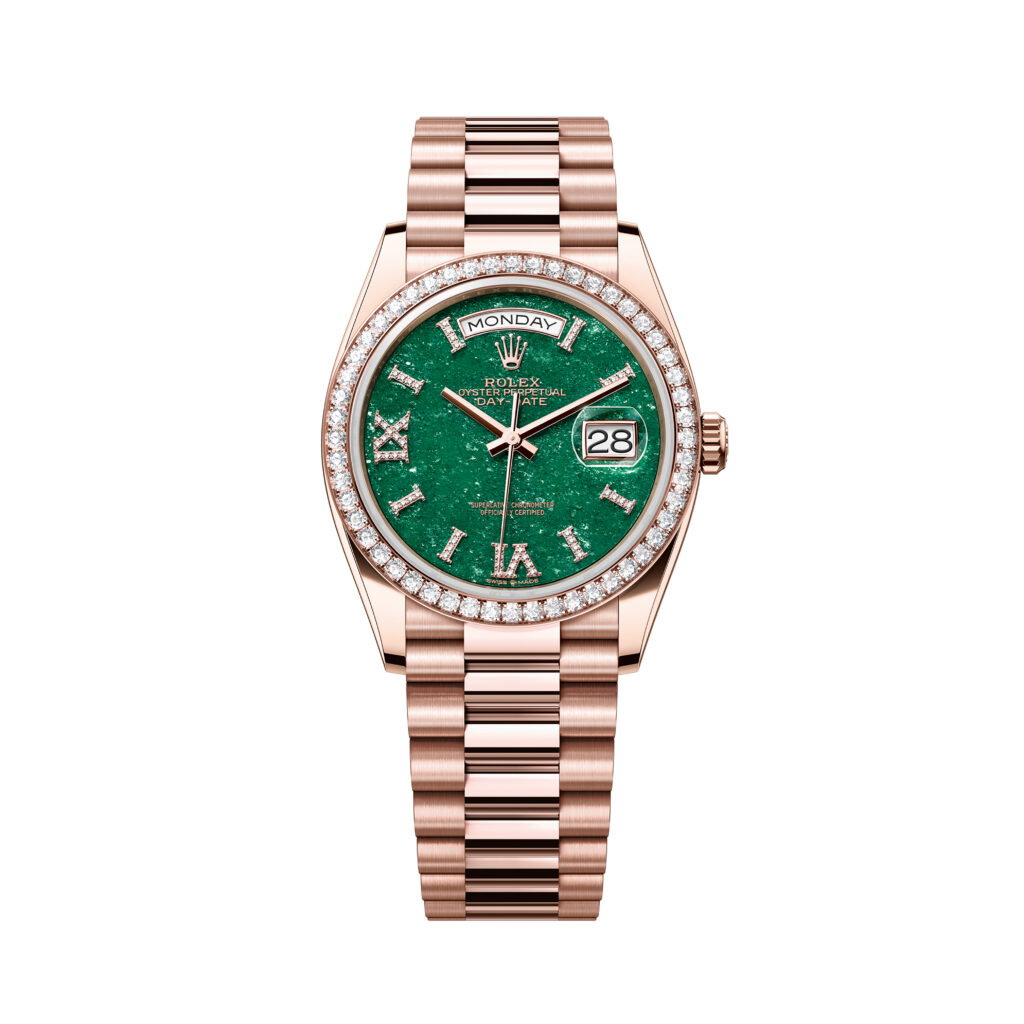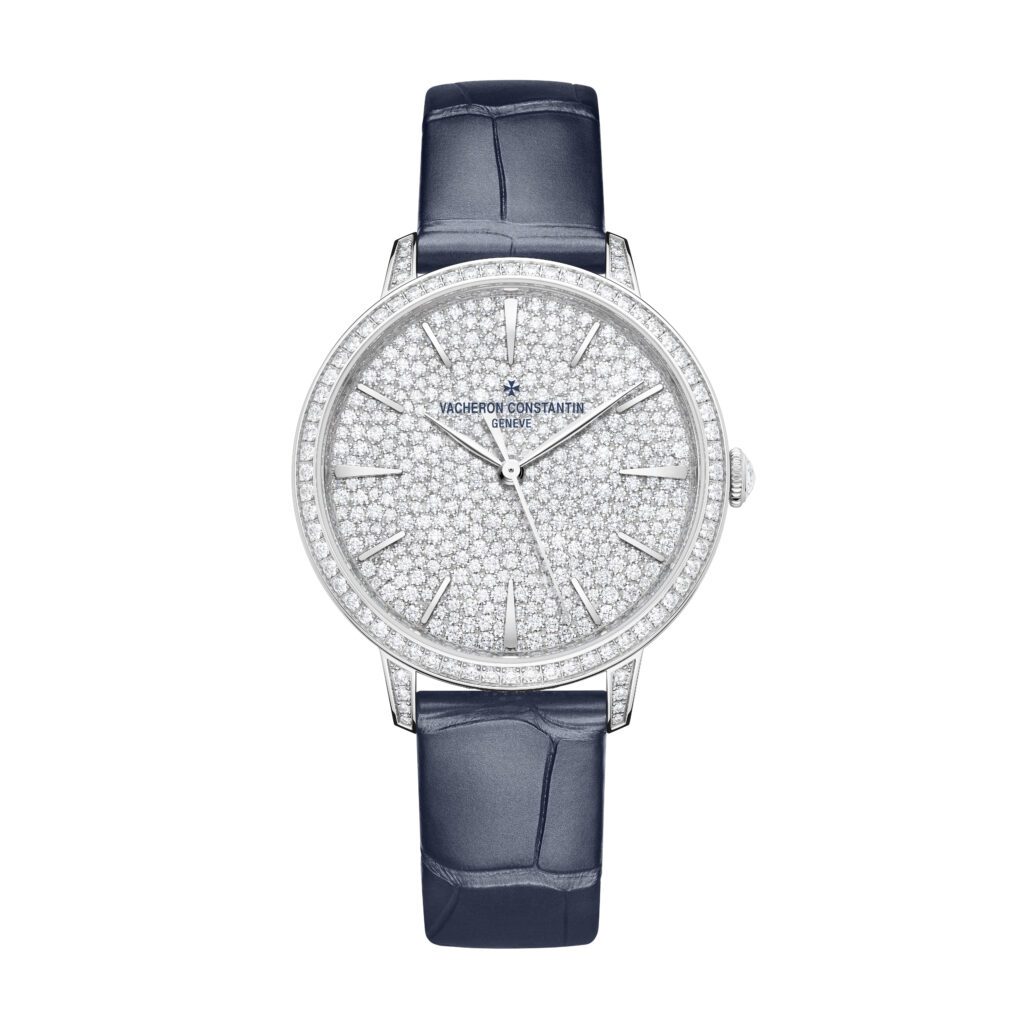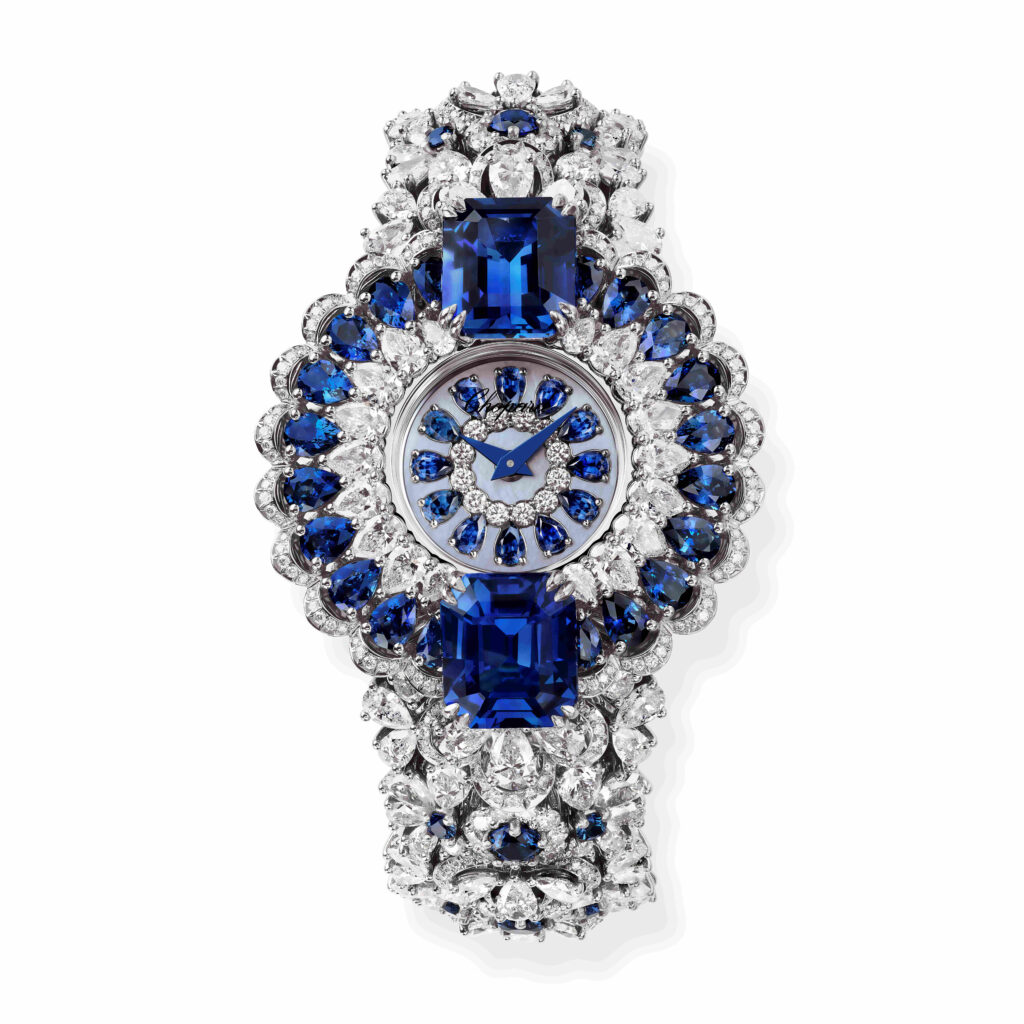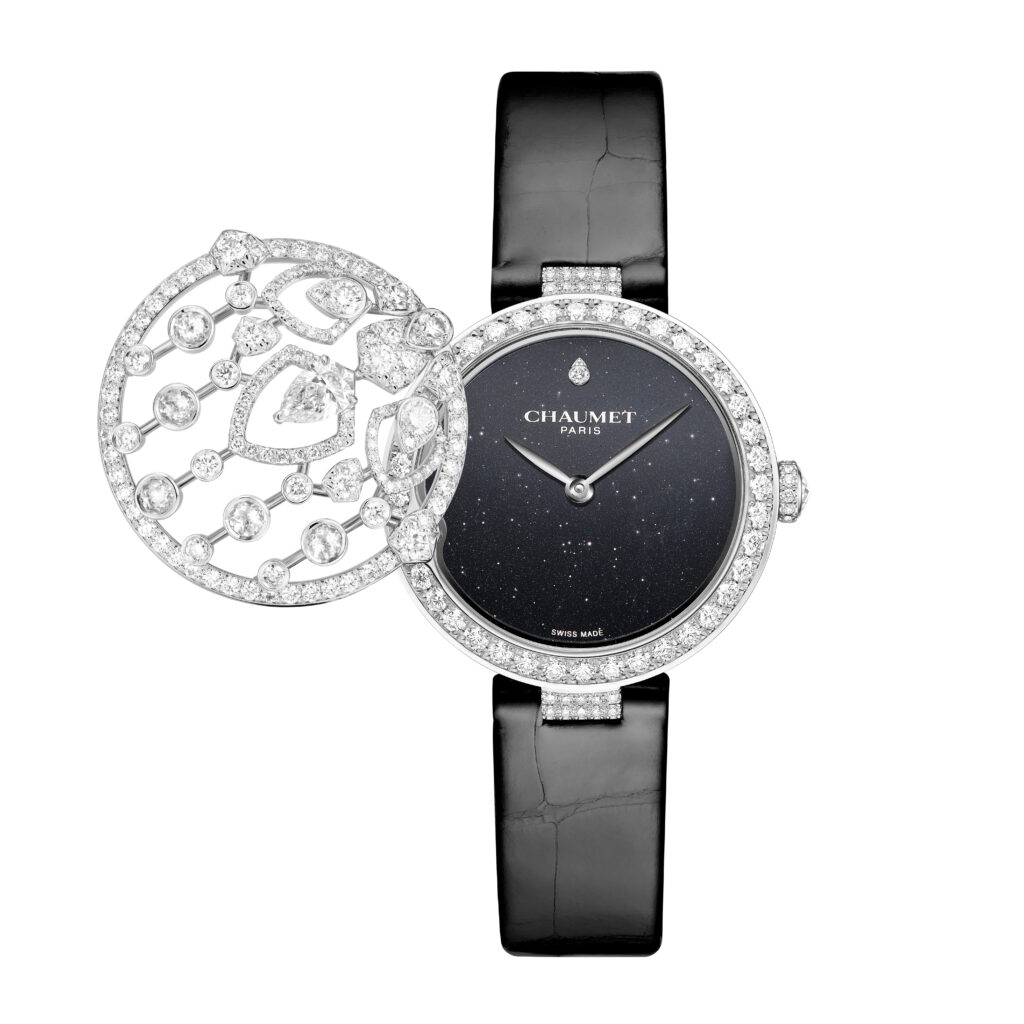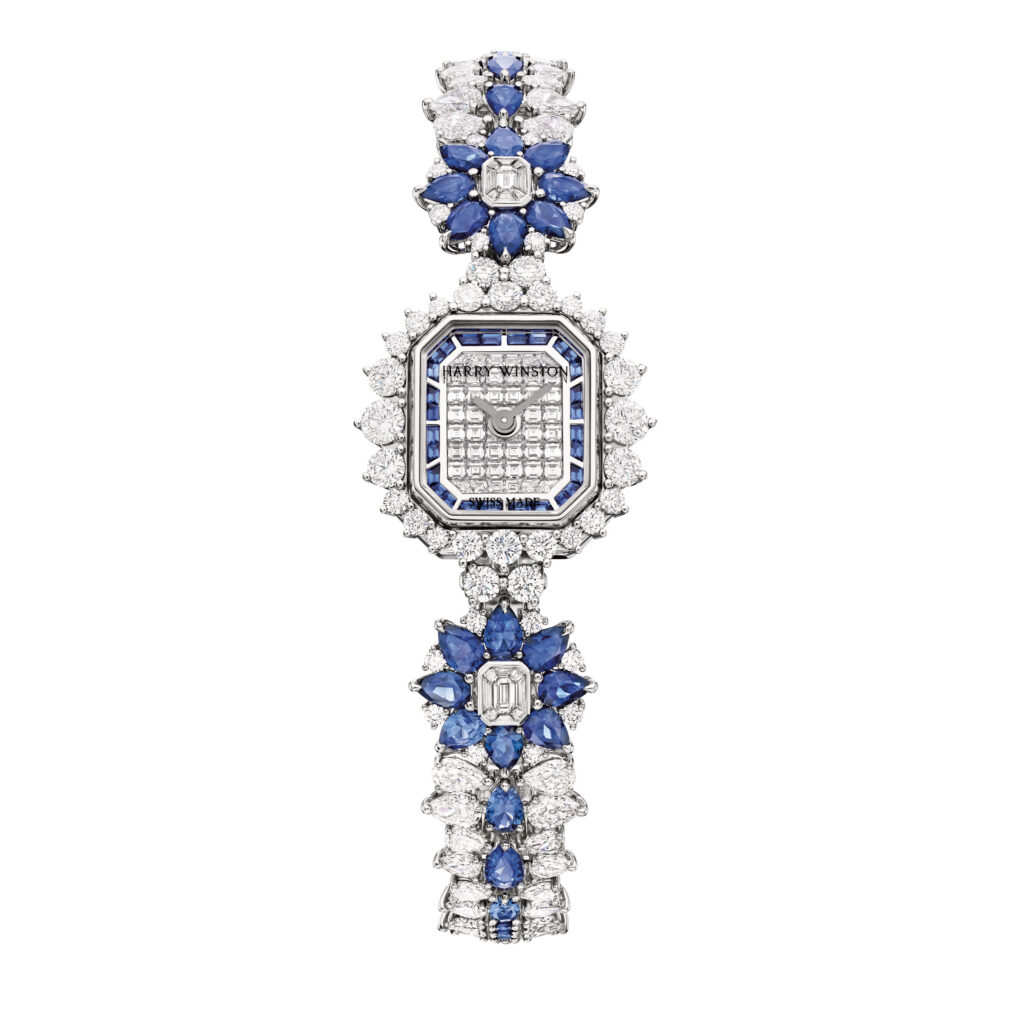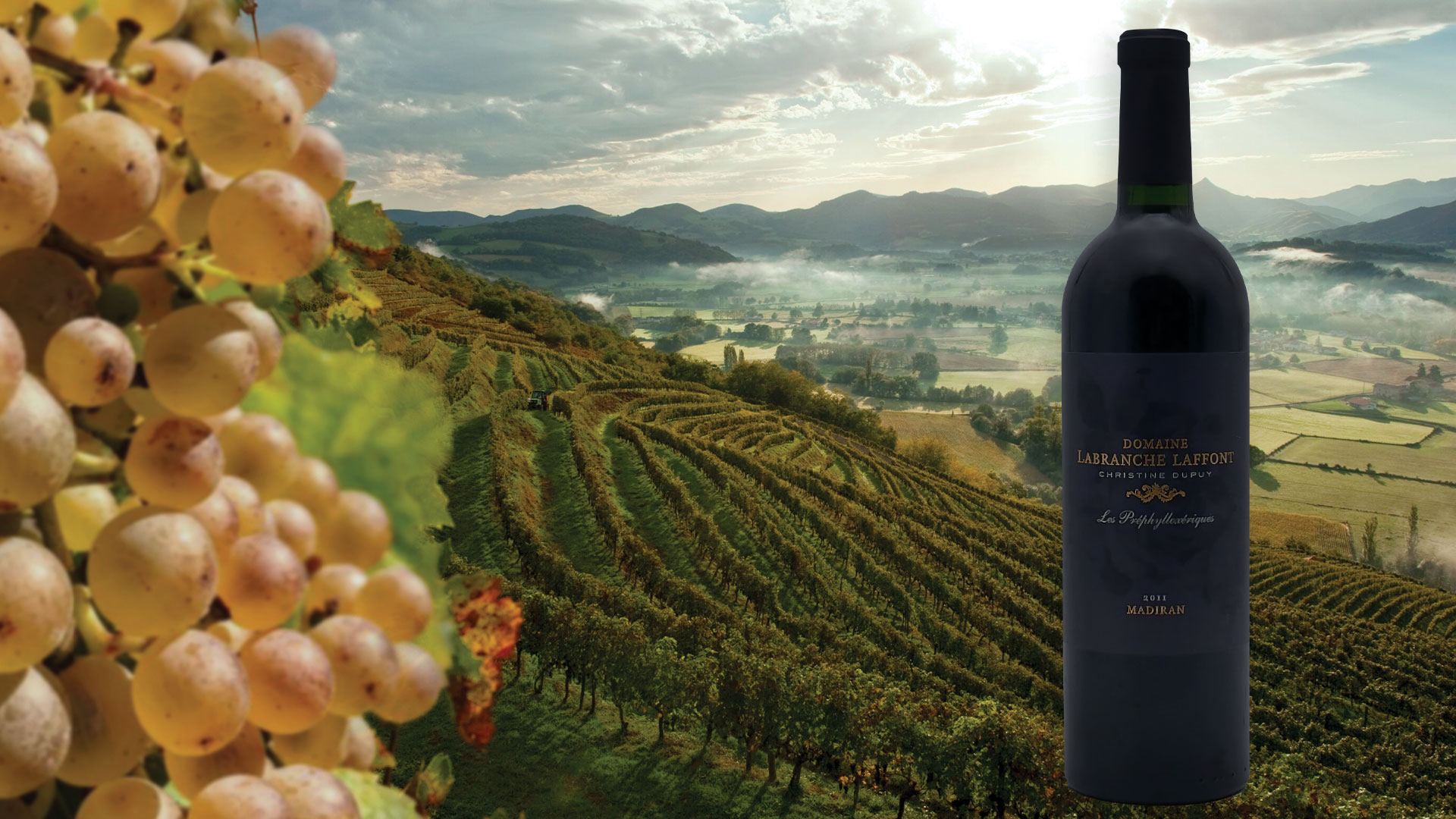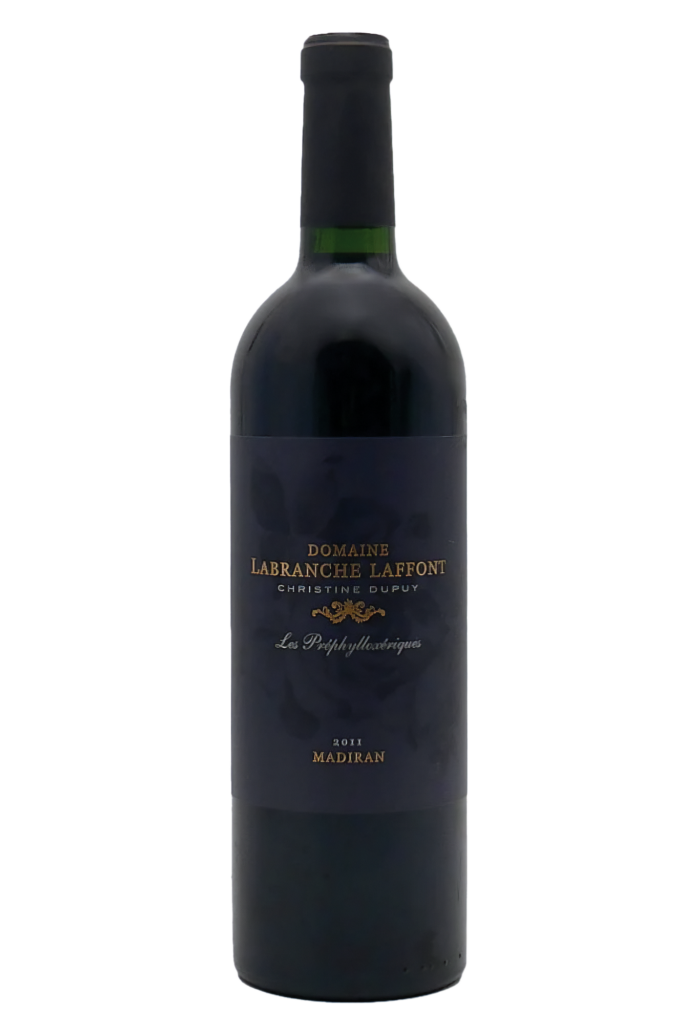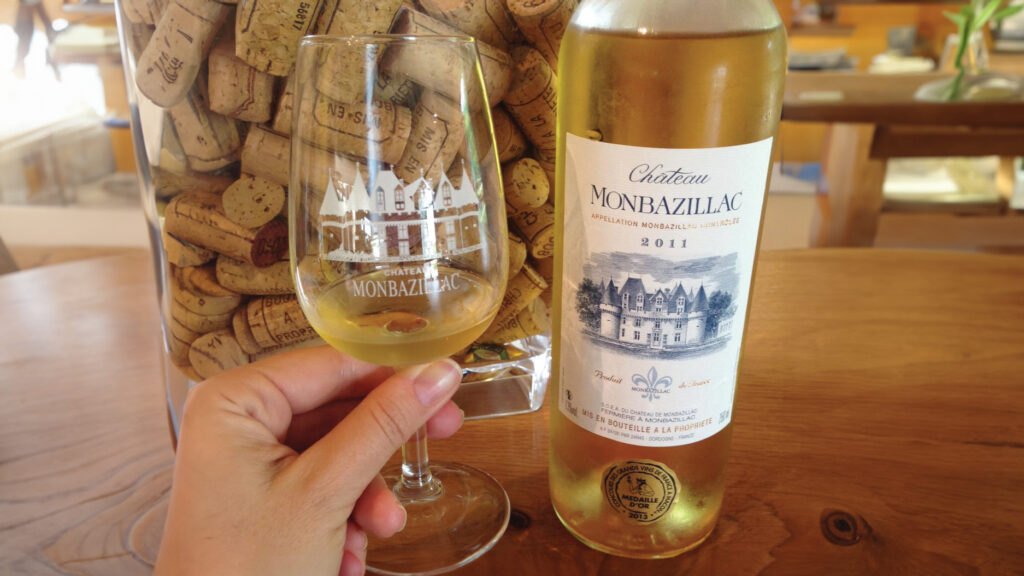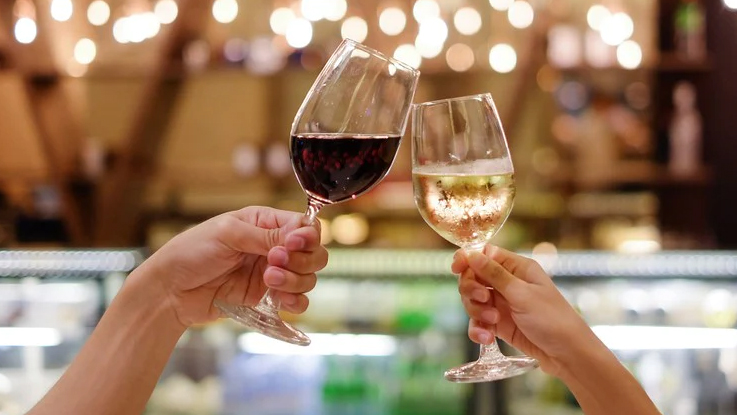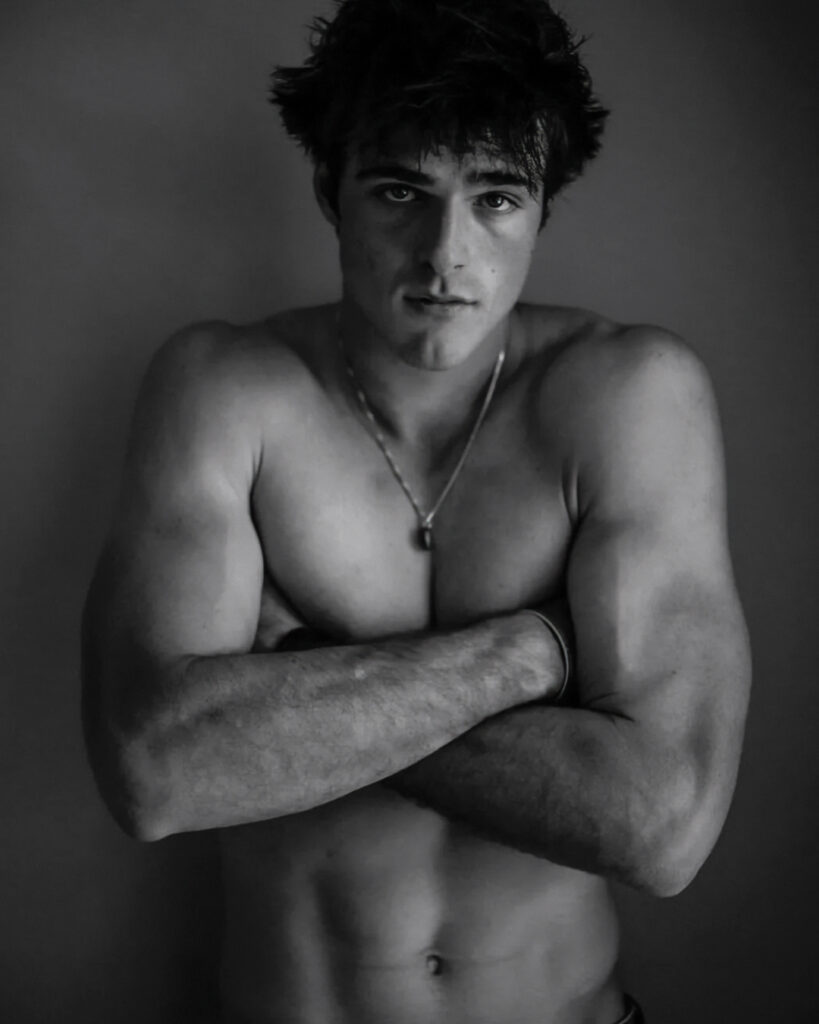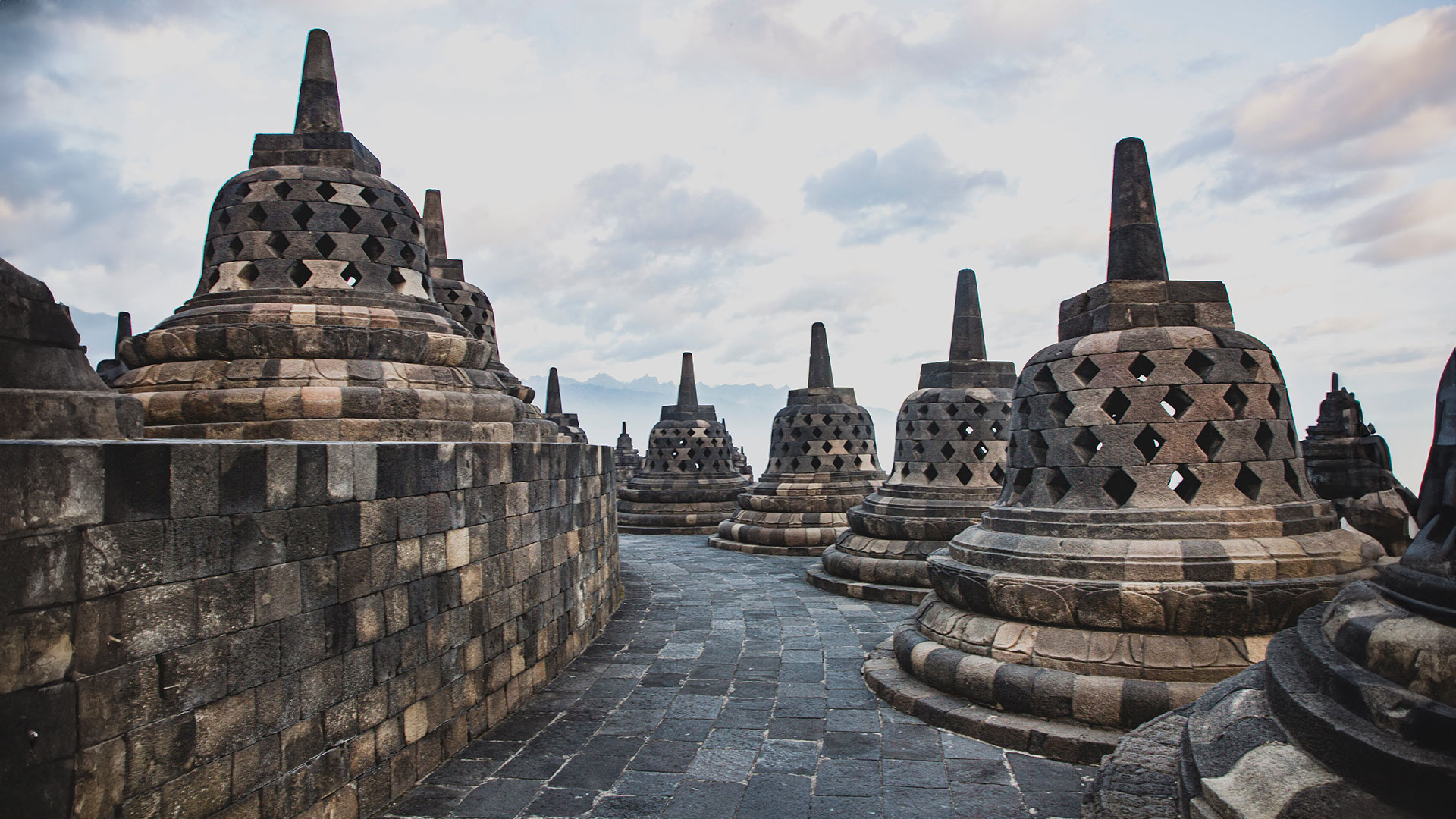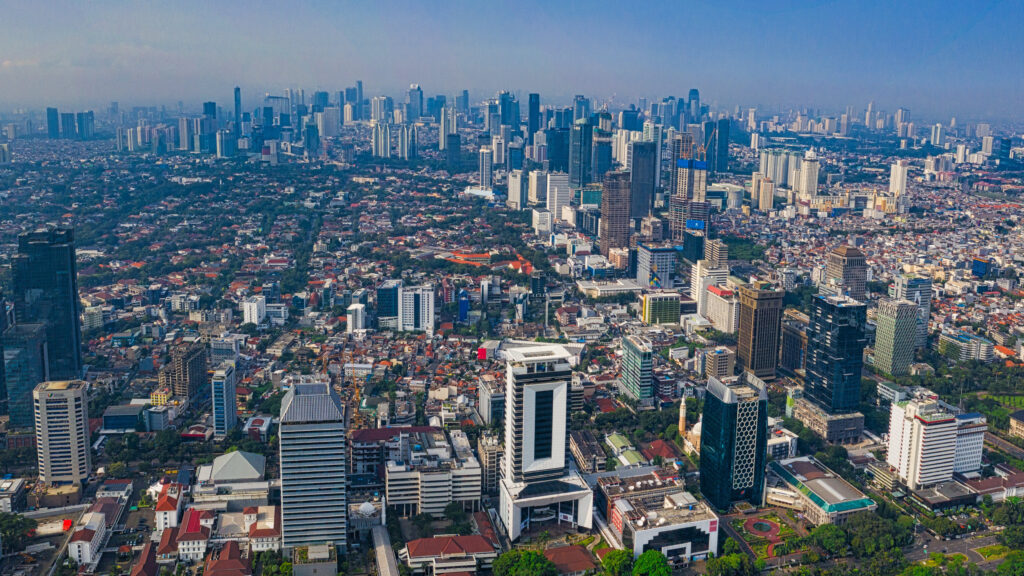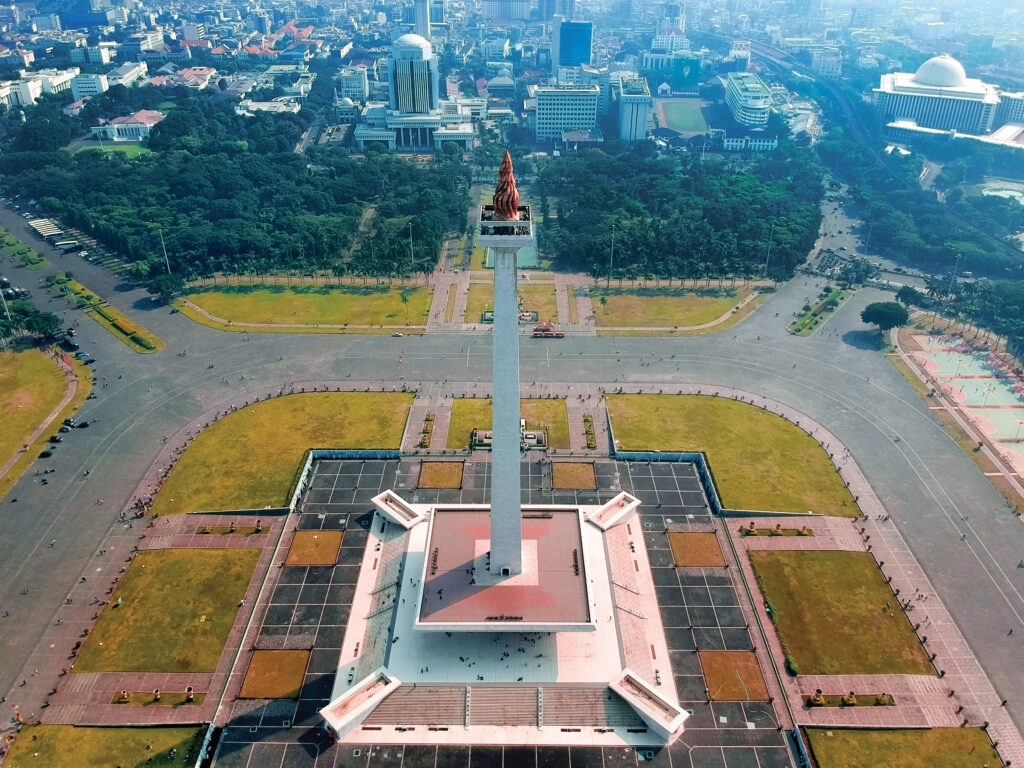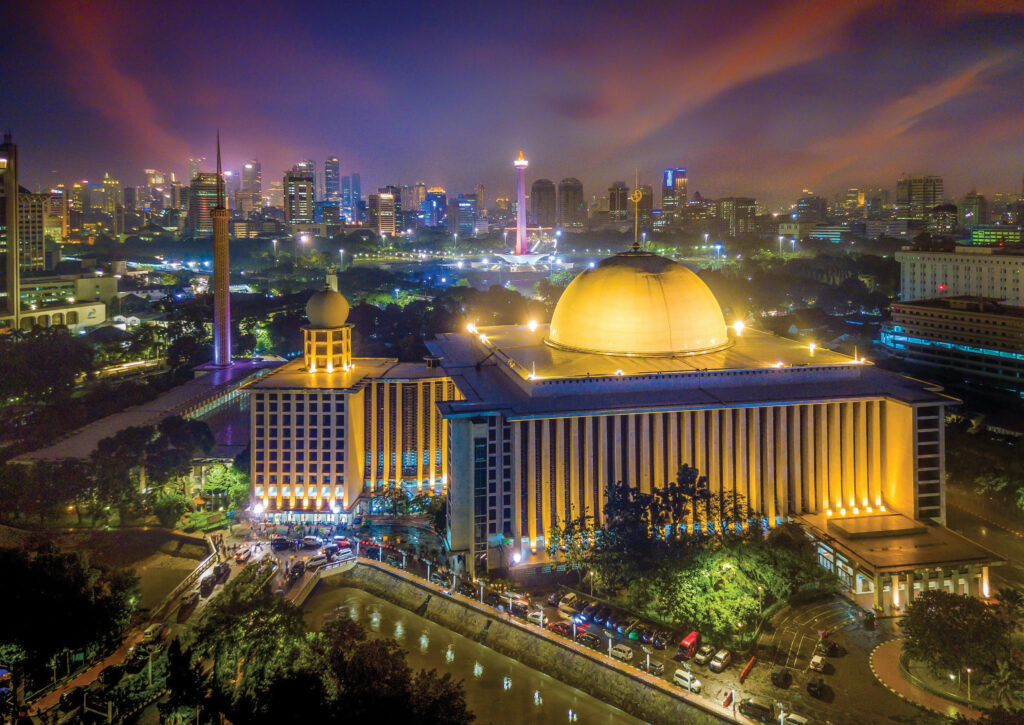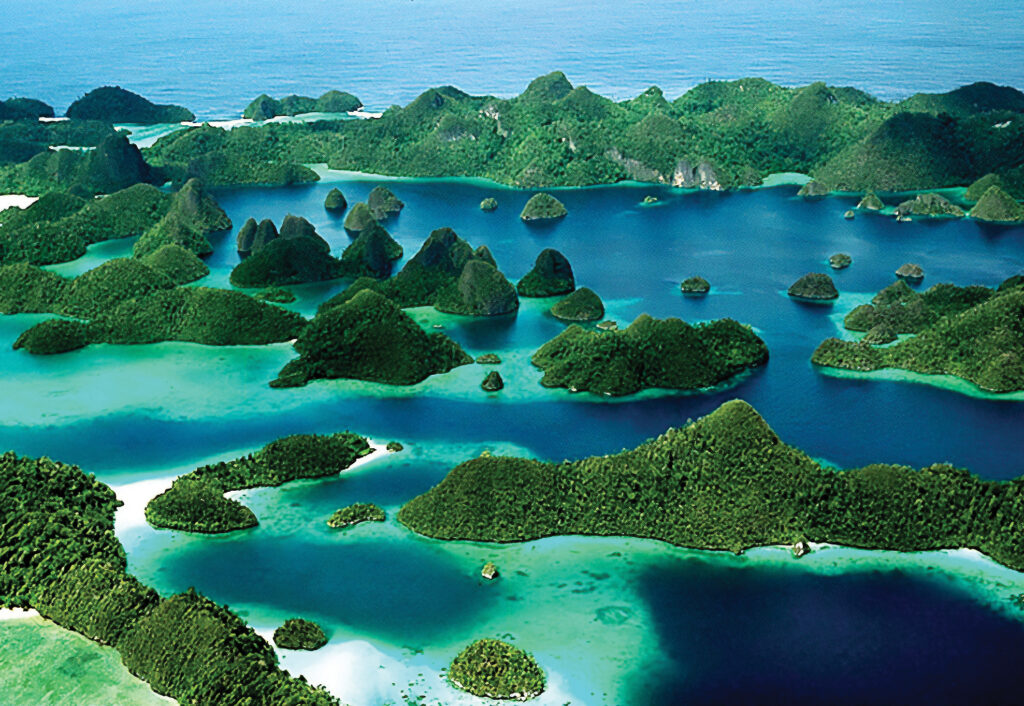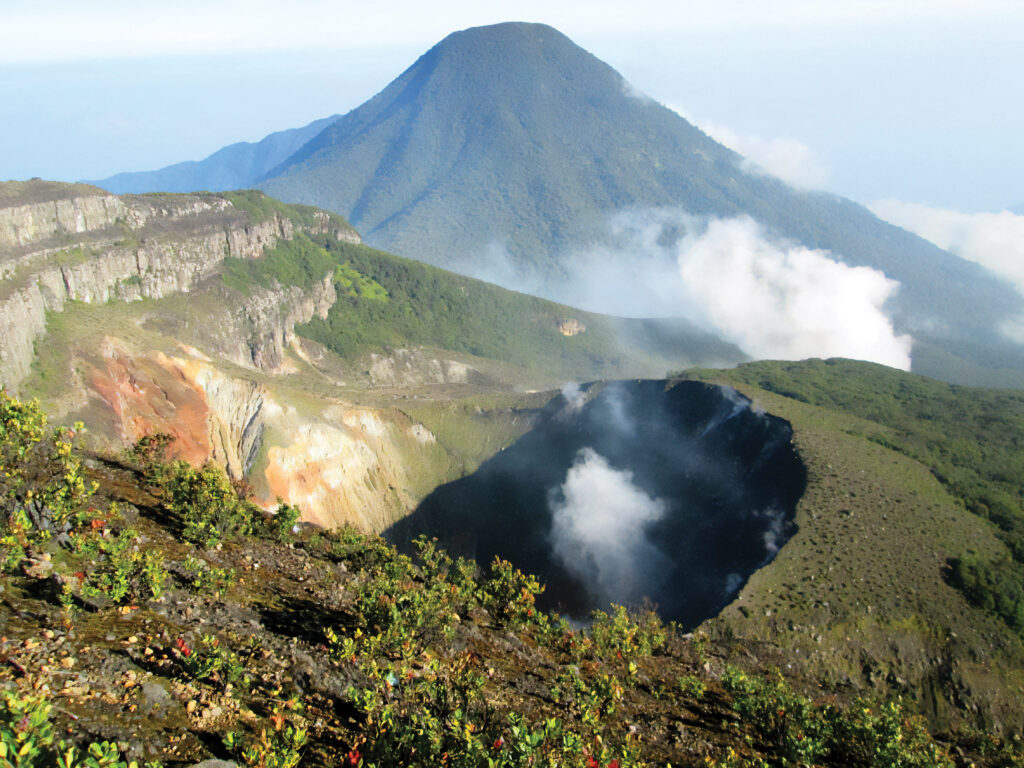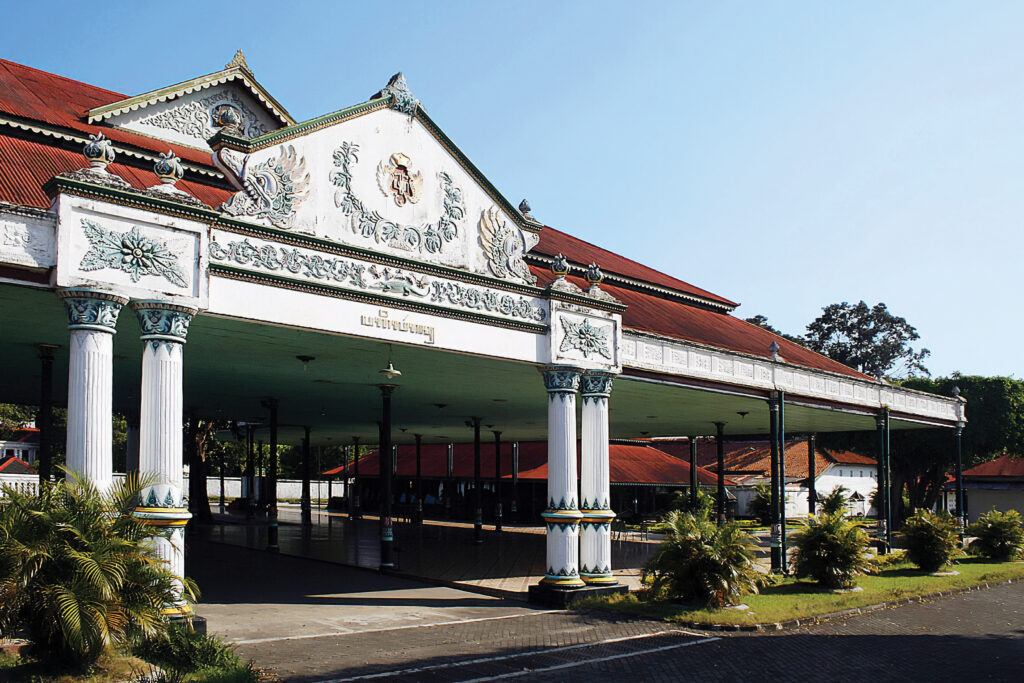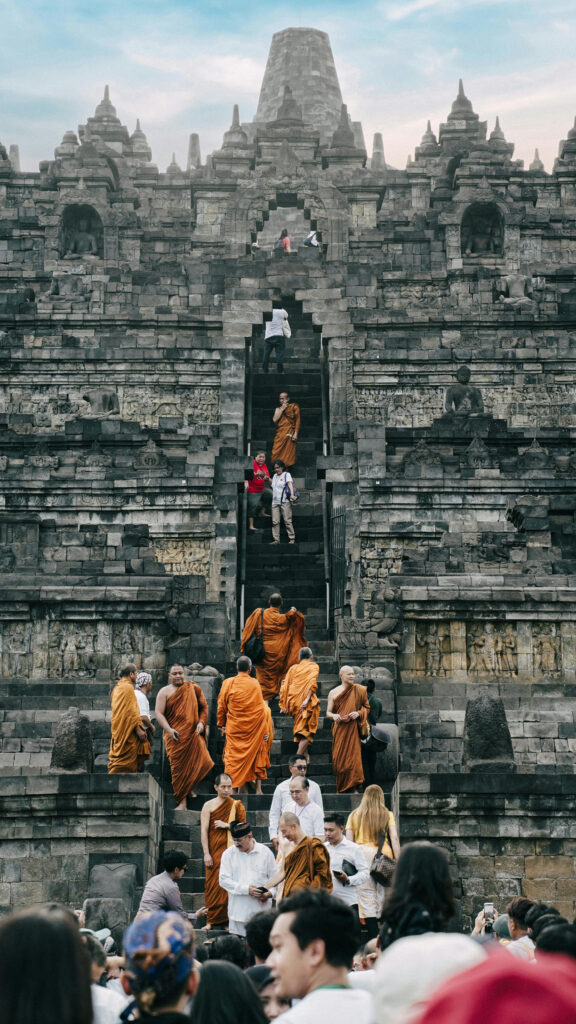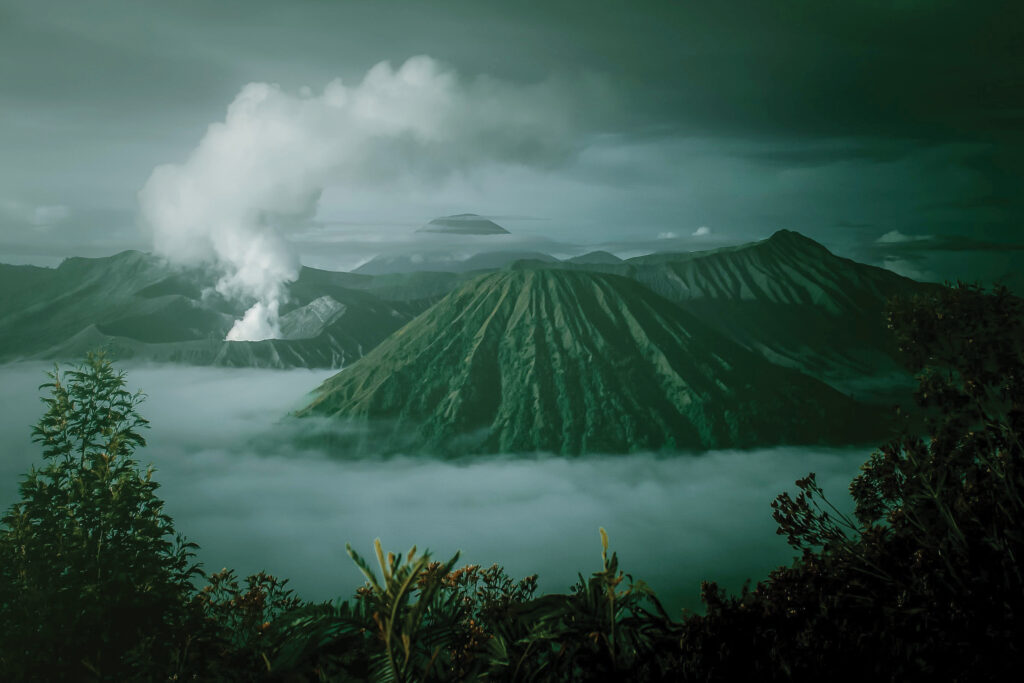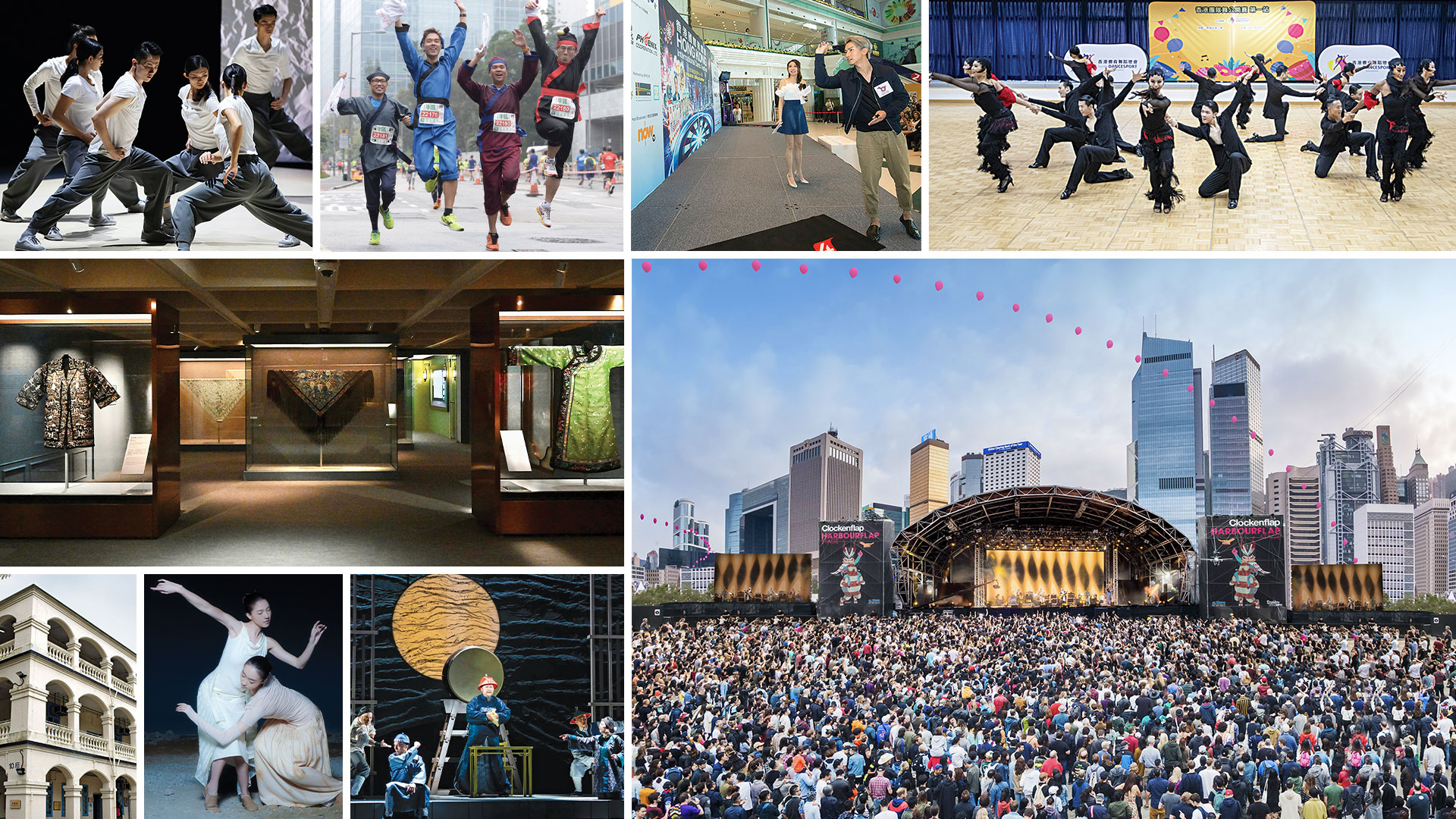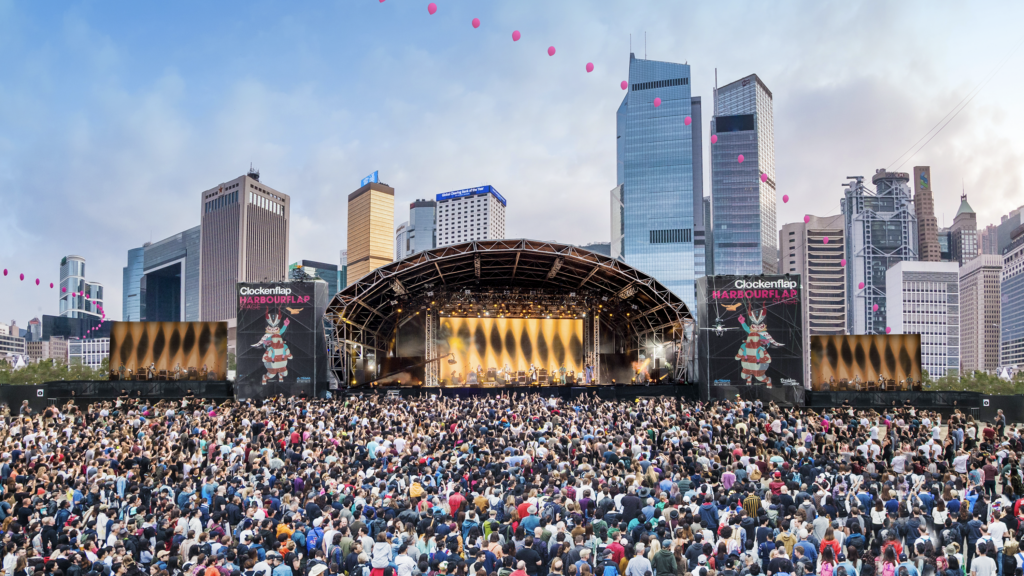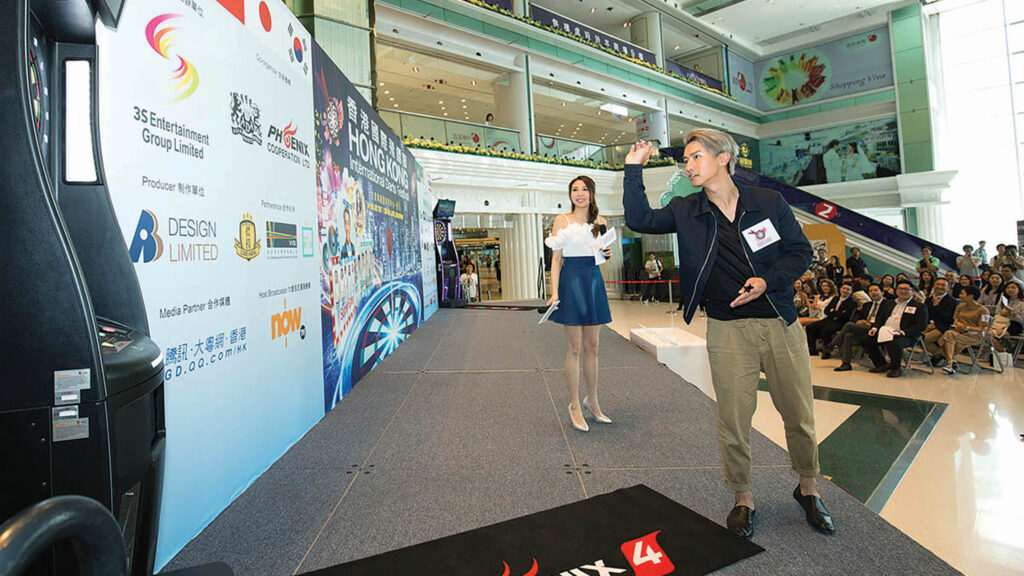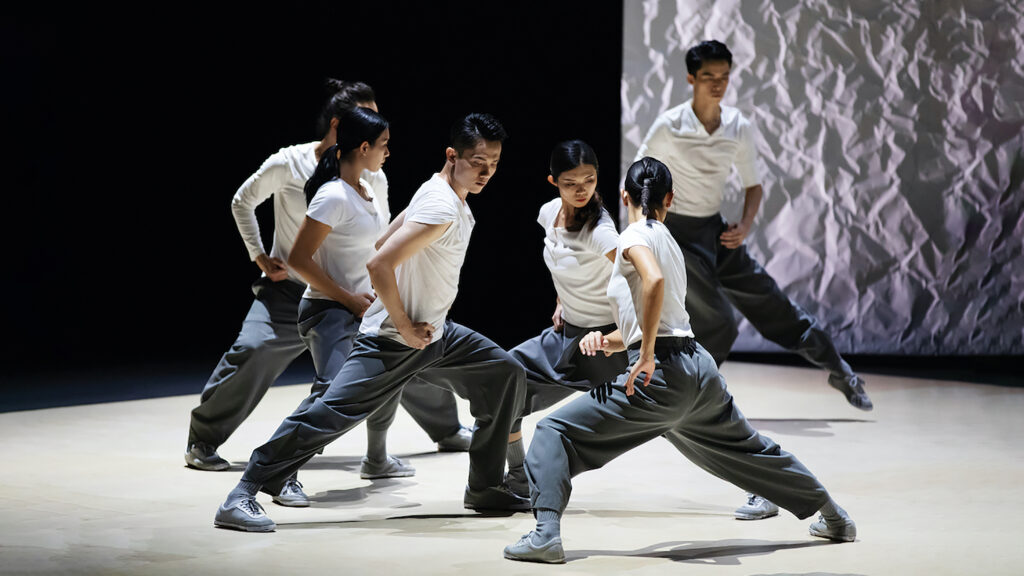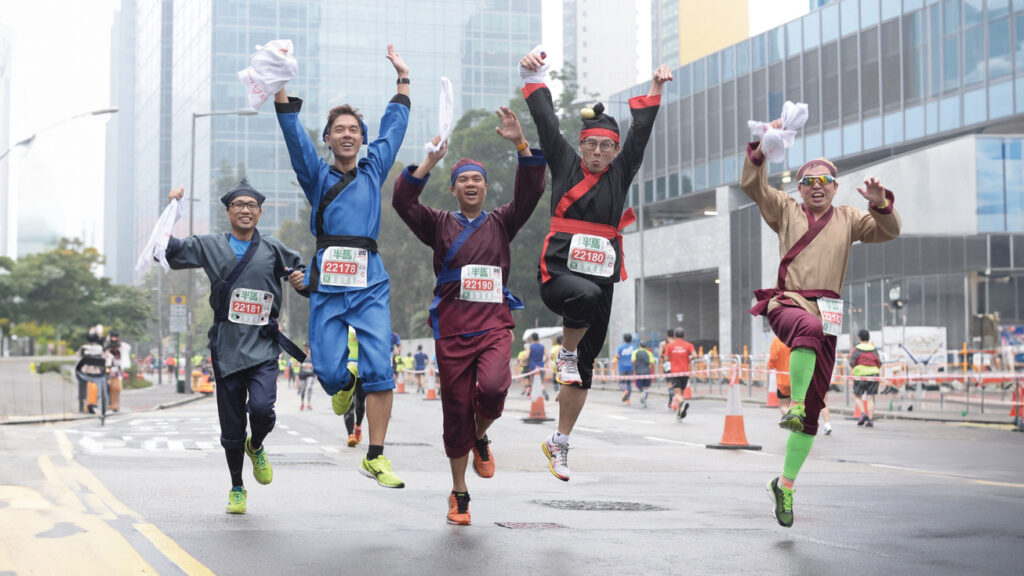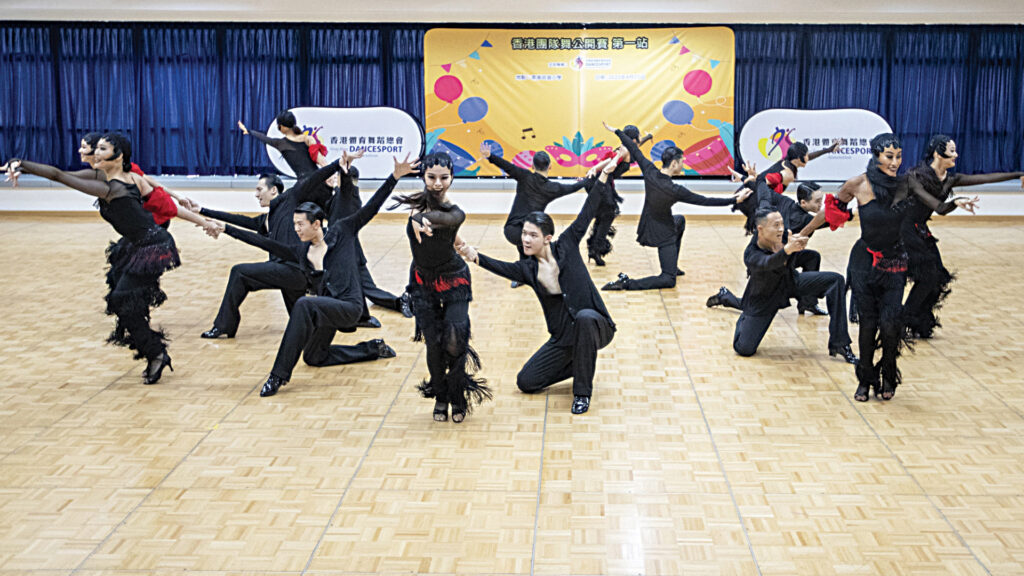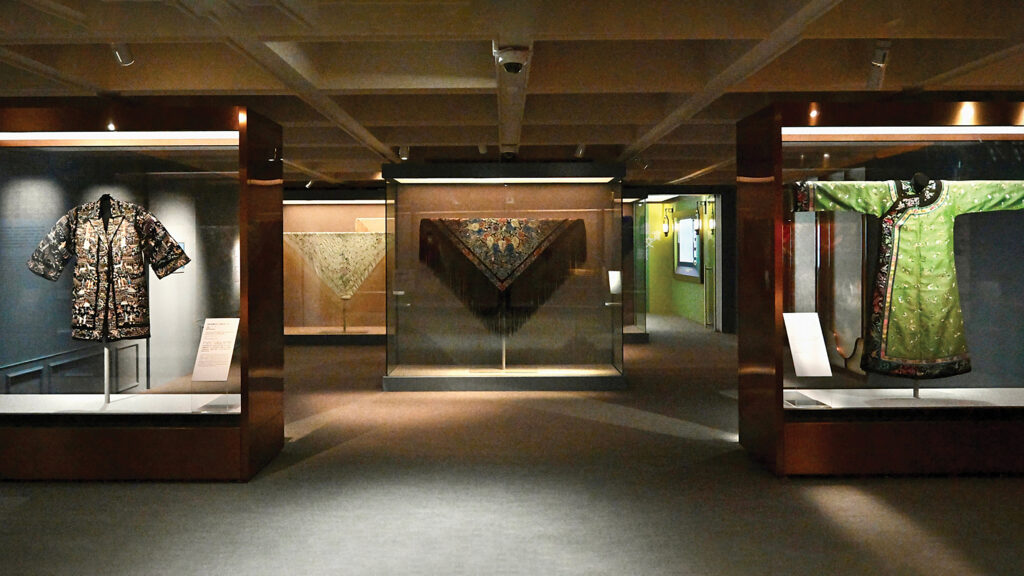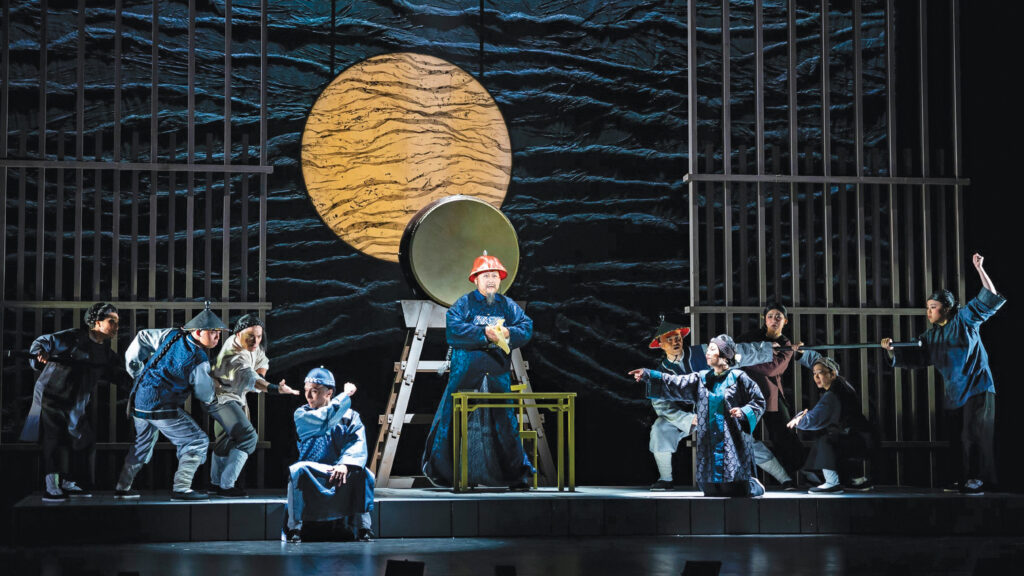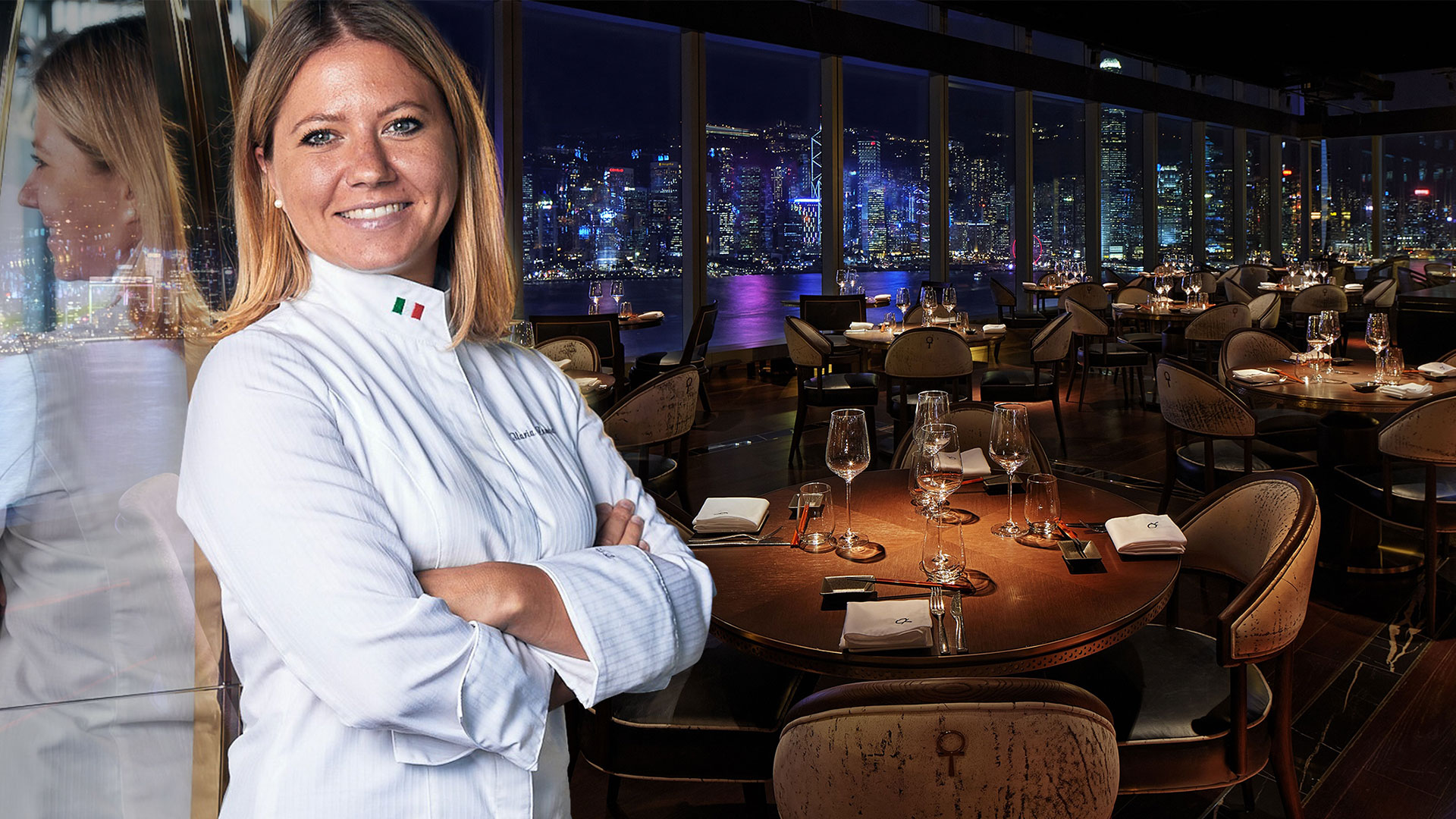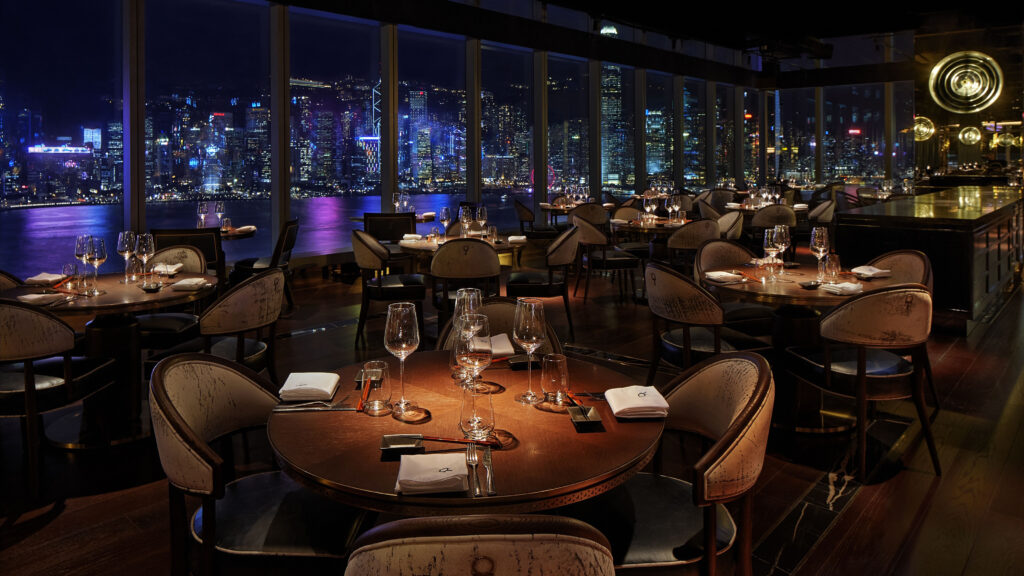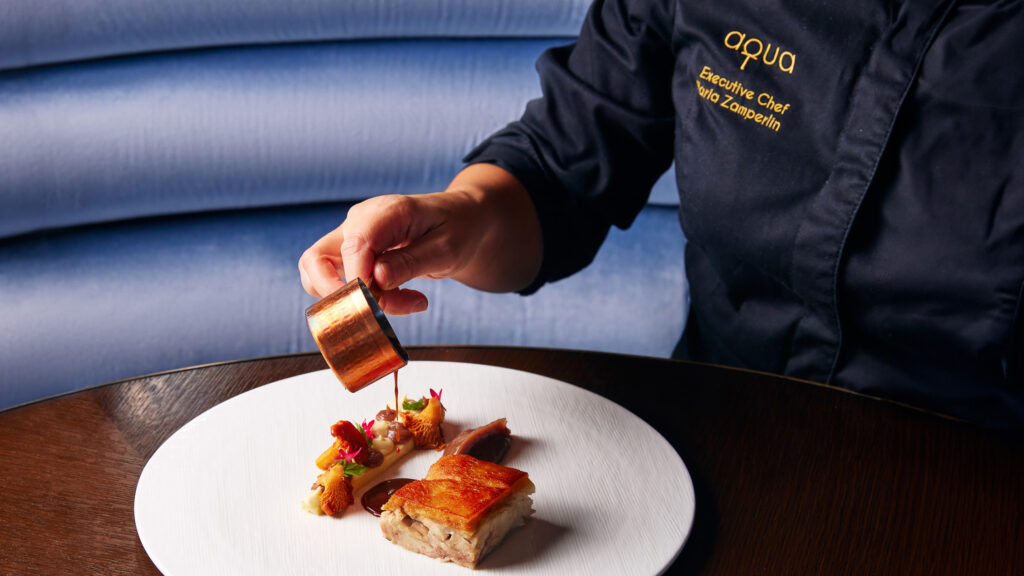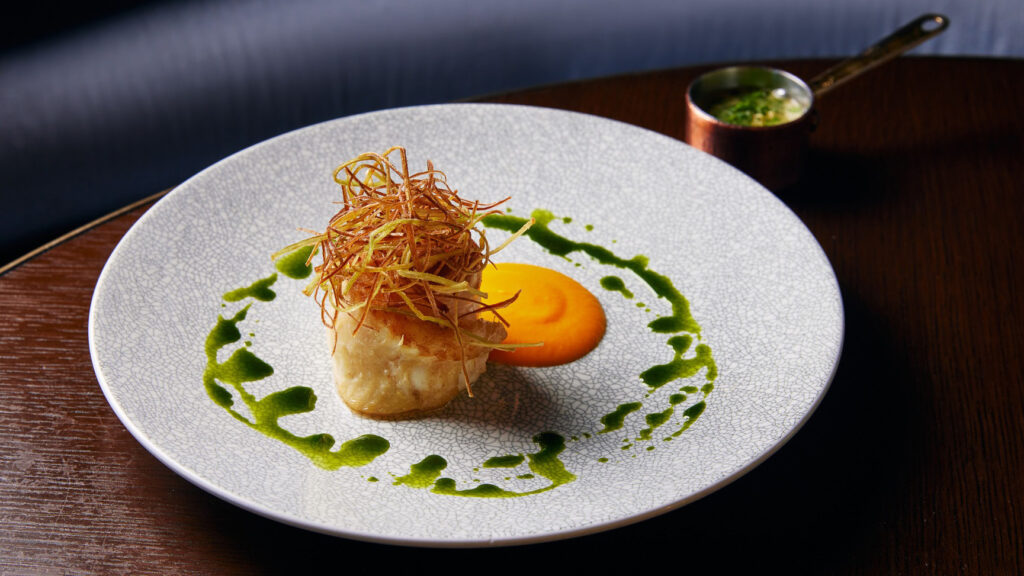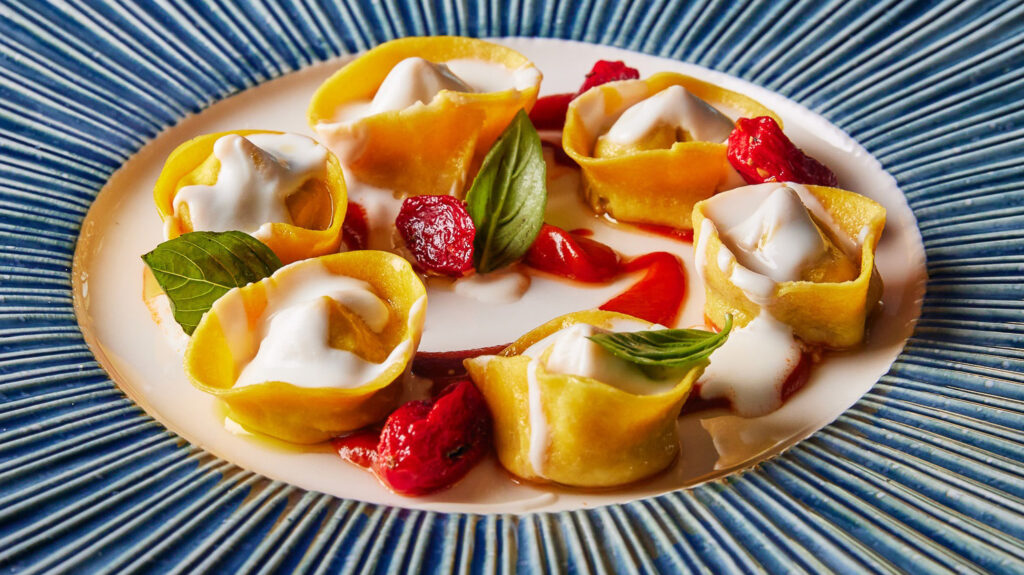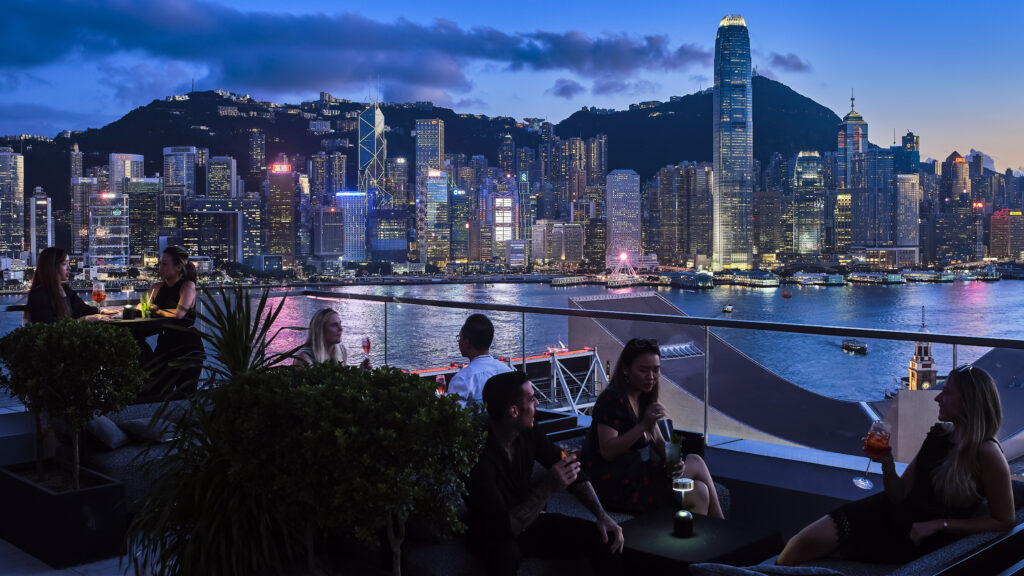If an umbrella is the last thing you grab as you head outdoors in grey or blazing hot weather, then think again. It can be a treasured possession that not only shelters you from the elements but also defines your style – a fashion accessory of the highest order. There are a handful of artisanal brands offering deluxe or custom-made umbrellas, so why not invest in a rainy day? In the bustling streets of Hong Kong, where rain showers and scorching sunbeams dance in a delicate tango, a unique artistry unfolds within the realm of bespoke umbrellas. Like skilled maestros, the master craftsmen and women weave together threads of tradition, innovation and personalisation, creating a symphony of shelter that transcends merely functionality.
Carl Dagg
Sheltering from the rain is a breeze, Stockholm style, at Carl Dagg. Co-founders Carl Cyrén and Carl Samuelsson happened upon the last remaining Nordic umbrella factory, in Dalarna, northern Sweden, and began their line driven by the principles of classic design and Scandinavian aesthetics – simplicity and minimalism. The high- quality craftsmanship and sleek, straightforward design of their umbrellas means they are made to last and will always look sophisticated and timeless.
The shaft and handle are crafted from solid walnut, a material known for its strength and durability. The canopy, on the other hand, is made from an exclusive cotton-linen blend that provides excellent protection from the elements while maintaining the heights of sophistication. Whether you are walking to work from the MTR in the rain or strolling in the park in the summer, a Carl Dagg umbrella is the perfect accessory. Collections range from HK$1,400 to HK$1,600 with a higher estimate for bespoke items. carldagg.com
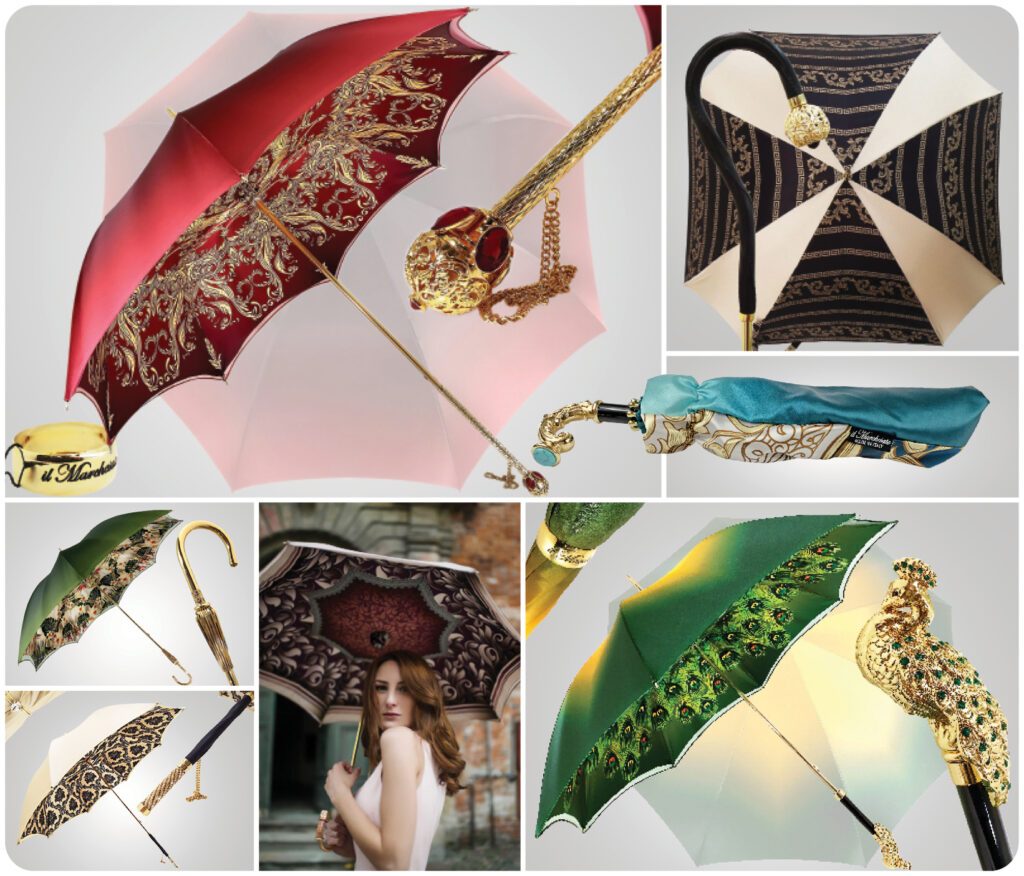
Pasotti
Another fine maker for a rainy day, Pasotti is renowned for bringing flair to handmade umbrellas. The iconic Italian brand has been synonymous with premium quality and exquisite designs since 1956. Their umbrellas stand out due to their creativity and continuous research in materials: think enamelled brass, Swarovski crystals and precious wood handles.
The company is headed by Eva Giacomini and was founded by her mother, Ernesta Pasotti, who had worked in an umbrella factory in Milan before returning to Castellucchio, 150 kilometres to the east, and opening her business in a country house. Aiming for exclusivity, it produces no more than 40,000 umbrellas a year, all of them beautiful, which are supplied directly to leading boutiques in 75 countries around the world. These luxury artisan umbrellas range from HK$1,500 to HK$5,500. pasottiombrelli.com
Il Marchesato
For a beautiful blend of functionality and design, Il Marchesato turns umbrellas into elegant essentials of daily life. The brand was born in 1978 in Saluzzo, a tiny town near Turin in northwest Italy but its seeds go back to a humble umbrella mender of the 1930s – the inspirational grandfather of founder Claudio Chiappero. Like its handmade wares, the company name nods to the noble marquises who ruled the land in ancient times.
The Marchesato umbrellas have taken the world by storm for their sophistication and originality, using precious Italian materials. The men’s Premium collection is crafted from top- quality jacquard fabrics or double fine satin and exclusive hand-painted 24-carat gold-plated or 925 silver-plated handles, while the prime women’s umbrellas feature double satin polyester fabric and 24-carat gold-plated brass handles embellished with crystals. They range from HK$1,500 to HK$3,900, though for those seeking the ultimate in exclusivity, designs can be customised and personalised by request. ilmarchesato.com
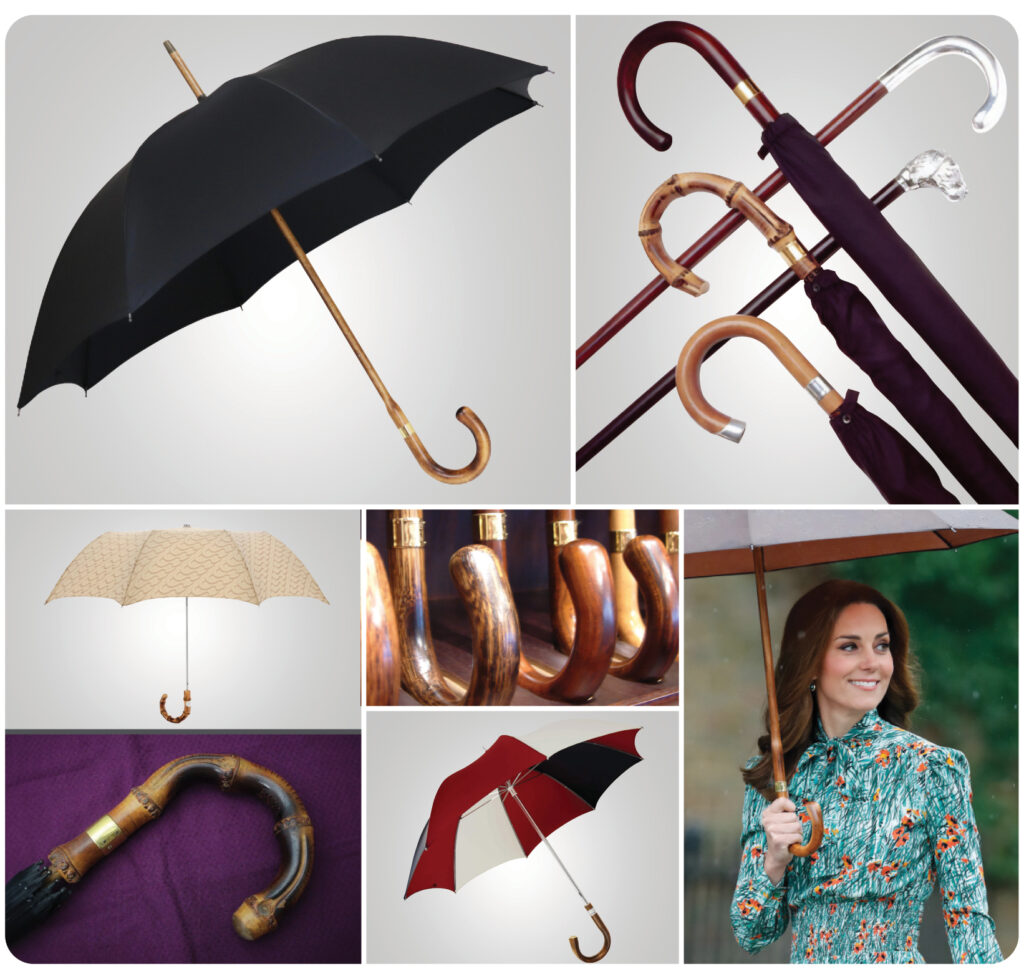
Brigg
If you want to feel like royalty during a rainy afternoon stroll, Brigg – which has been supplying the British monarchy with bespoke umbrellas since 1836 – will help you live out the fantasy. Established by Thomas Brigg in 1817, Brigg & Co. merged with Swaine Adeney in 1943 and continues to provide umbrellas handcrafted from the finest wood and fabrics at its Cambridge workshops. One-of-a-kind pieces are made for clients all around the globe.
Their women’s umbrellas are lightweight and streamlined, with the handle formed from a solid piece of precious wood that is infused with steam to soften it for bending into a smooth curve. It is finished with a signature gold-plated or sterling silver collar. A full-sized Brigg walking umbrella – so-called as it doubled as a walking stick – was once the preserve of the English gentleman. They remain part of the contemporary wardrobe, on hand to provide years of reliable service. Prices range from HK$2,800 to HK$9,100. swaine.london
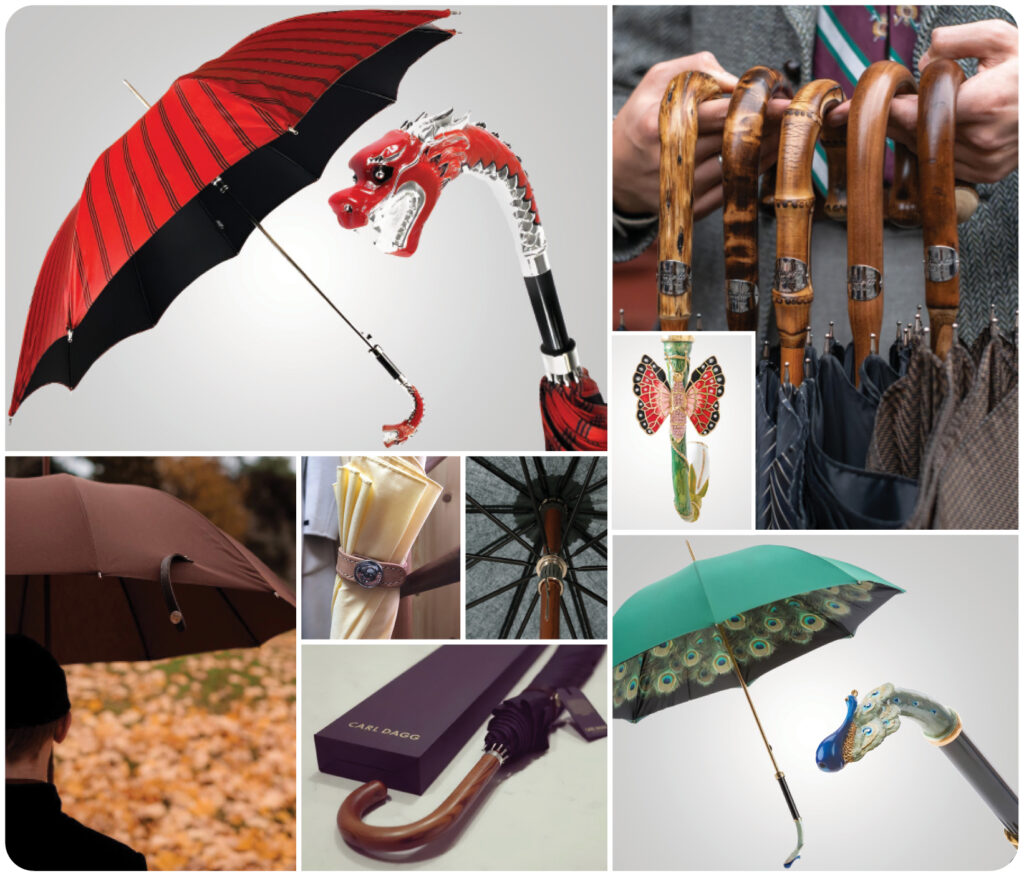
Whether you spend most of your days in Hong Kong or travel frequently, you are going to have to face some gloomy skies, damp days or the glaring sun. From blazing heat to drizzling dreariness to torrential downpours, it’s time to regard the umbrella as the elegant design statement it can really be.
So let’s raise our bespoke umbrellas high, embracing the fusion of tradition and innovation, and honouring the artisans who breathe life into these functional works of art. In a world that can be unpredictable, these marvels offer a glimpse of timeless elegance, reminding us that even amidst the storms, we can find shelter, grace and beauty.
Explore the city’s finest offerings by joining our newsletter!



